Honda Heritage Center celebrates Marysville and “Made in America”
It’s not unusual for an automobile manufacturer to build a museum to house their history and chronicle their accomplishments. What’s unusual is for a foreign company to build a museum honoring its U.S. manufacturing legacy. Honda of America Manufacturing has done just that on the sprawling grounds of its massive 3.6-million-square-foot Marysville Auto Plant just outside of Columbus, Ohio. Known as the Honda Heritage Center, the museum is very much worth a visit—and not just for native Ohioans like me.
Built in 1982, Honda’s Marysville Auto Plant is far from the only example a foreign manufacturer putting down manufacturing roots on our shores. Fiat built cars in Poughkeepsie, New York between 1910 and 1917. From 1921 to 1931, Rolls-Royces were built in Springfield, Massachusetts. And Volkswagen took a swing at churning out Rabbits, Jettas, and Golfs in Westmoreland, Pennsylvania from 1978 to 1987. Marysville, however, is among the largest, longest-running, and most successful of such endeavors.
Over the last four decades, over ten million Hondas have been built at the Ohio plant. The Honda Heritage Center, across the street, is dedicated to celebrating the cars—and the people—who made that possible. Naturally, most of the cars honored here were built a stone’s throw away. But the museum also showcases plenty of other historical models as a matter of context, such as an N600 and a first-gen Civic: two cars that made Honda into a household name in the United States.

Walk around the display floor and you’ll also find nods to Honda’s rich North American motorsports history, including a Comptech NSX, a Honda-powered Indy car, and a 2005 Odyssey that was campaigned in NASA racing by a team of America Honda engineers from another facility in Alabama. As it turns out, that beefy 3.5-liter V-6 can haul more than just groceries.
Exhibits chronicle everything from Honda’s advanced manufacturing techniques to a cut-away HondaJet and even the friendly-looking humanoid robot, Asimo. Of course, the museum’s collection of 1980s, 1990s, and early 2000s Honda and Acura vehicles is astonishing.
Even the lobby greets visitors, with a 1998 Acura Integra GS-R finished in Sonic Blue Pearl. After spending its earliest days as a press loaner, it was then utilized by the Honda School in Troy, Ohio to teach future Honda technicians diagnosis and repair procedures. Now, it enjoys a comfortable retirement as a museum piece. Not a bad life for any car, especially considering the fact that most Integras were subjected to far rougher treatment at the hands of two to three generations of angst-ridden, ham-fisted teenage tuners.
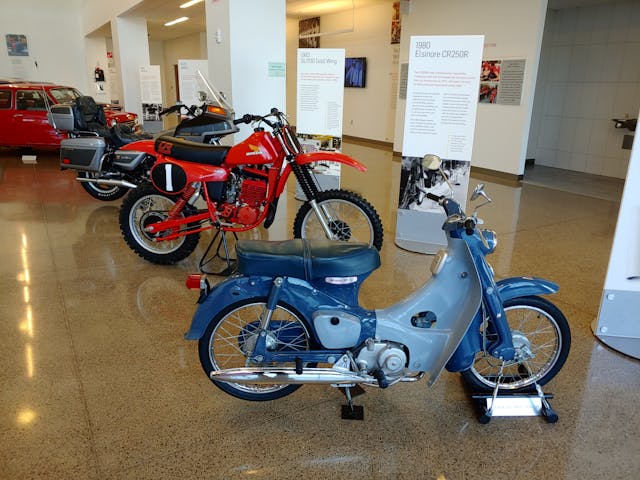
Nearby sits a row of Honda cars and motorcycles, highlighting the earliest Honda models sold in the U.S. (the Cub motorcycle, the N600 commuter car) along with some of the earliest Hondas built in Ohio (1980 Elsinore CR250R dirt bike, 1982 Accord). I’ve owned my fair share of early ‘80s Honda iron, so this Accord caught my attention. Looking at its like-new fit and finish, I can see how Honda—and the Accord specifically—became darlings of magazine testers in period.
In the round center display of the inner gallery, the museum shows off various landmark Honda engines. At the front of this area is a set of handprints from company founder Soichiro Honda himself, an impression made in concrete upon his final visit to the United States before his death in August of 1991. A recurring theme throughout the Honda Heritage Center is Honda Japan’s belief in the value of its investment in both the Marysville plant and the workers who staff it. As appreciation goes, it sure beats a pizza party.
Some outsiders had their doubts as to whether the American-built Hondas could stack up to their Japanese counterparts, but Honda brushed this aside. The third-generation Accord coupe (1986–89) is a testament to that confidence, and the museum is home to the very first example built. If you wanted an Accord coupe by 1988 and 1989, it was exclusively built in Marysville. Cars destined for the Japanese market featured an eagle crest badge on the B-pillar that proudly denoted the car’s American origin of this “U.S. Coupe.” From Japan’s perspective, at the time, this was a major, even exotic selling point.
For the fourth-generation Accord (1990–93), a station wagon variant entered the fray that was sold and marketed in a fashion similar to the coupe, with a nearly identical badge on the C-pillar. A fifth-generation Accord wagon (1994–97) shares exhibit space with the first Accord coupe, nestled against a diving wall. On the other side of that wall, you’ll see a pair of Acura coupes—a first-generation Legend (1986–90), and the Legend’s eventual replacement, the U.S.-built Acura CL. A Japanese luxury brand was a new concept to Americans when Acura debuted in 1986; now, every Acura model is built here, from the new Integra to the MDX SUV.

Other highlights include a row of American-built Honda motorcycles, including the mighty inline six-powered Honda CBX. This row of motorcycles is bookended by an original 1975 Civic and a 1987 CRX Si. While the CRX was built in Suzuka, Japan, it was designed here in America to satisfy American tastes. Initially conceived as an economy car, the CRX became a cult classic with the addition of a more powerful 1.5-liter engine. It’s not a stretch to say that the tuner car subculture owes a massive debt of gratitude to this car.
Other displays include a second-generation NSX and the Acura Sedan Design Study, a concept car that never toured the show circuit but was nevertheless highly influential. It’s a subtle, sweeping shape, with many details that inspired the current Acura design language. While many concept cars disappear into the ether, Honda is proud to display this one.
The Honda Heritage Center every Thursday from 10 AM to 3 PM. It’s free to visit, but we recommend budgeting a few bucks for the vintage Honda T-shirts and model cars offered in the gift shop. As car museums go, the Honda Heritage Center isn’t exactly the largest, so visiting isn’t a multi-hour affair. Don’t let that fool you, though; there’s oodles of history here, and decades of sweet-driving little Hondas (like this ’86 Civic Si) testify that big things come in small packages.
Check out the Hagerty Media homepage so you don’t miss a single story, or better yet, bookmark it.


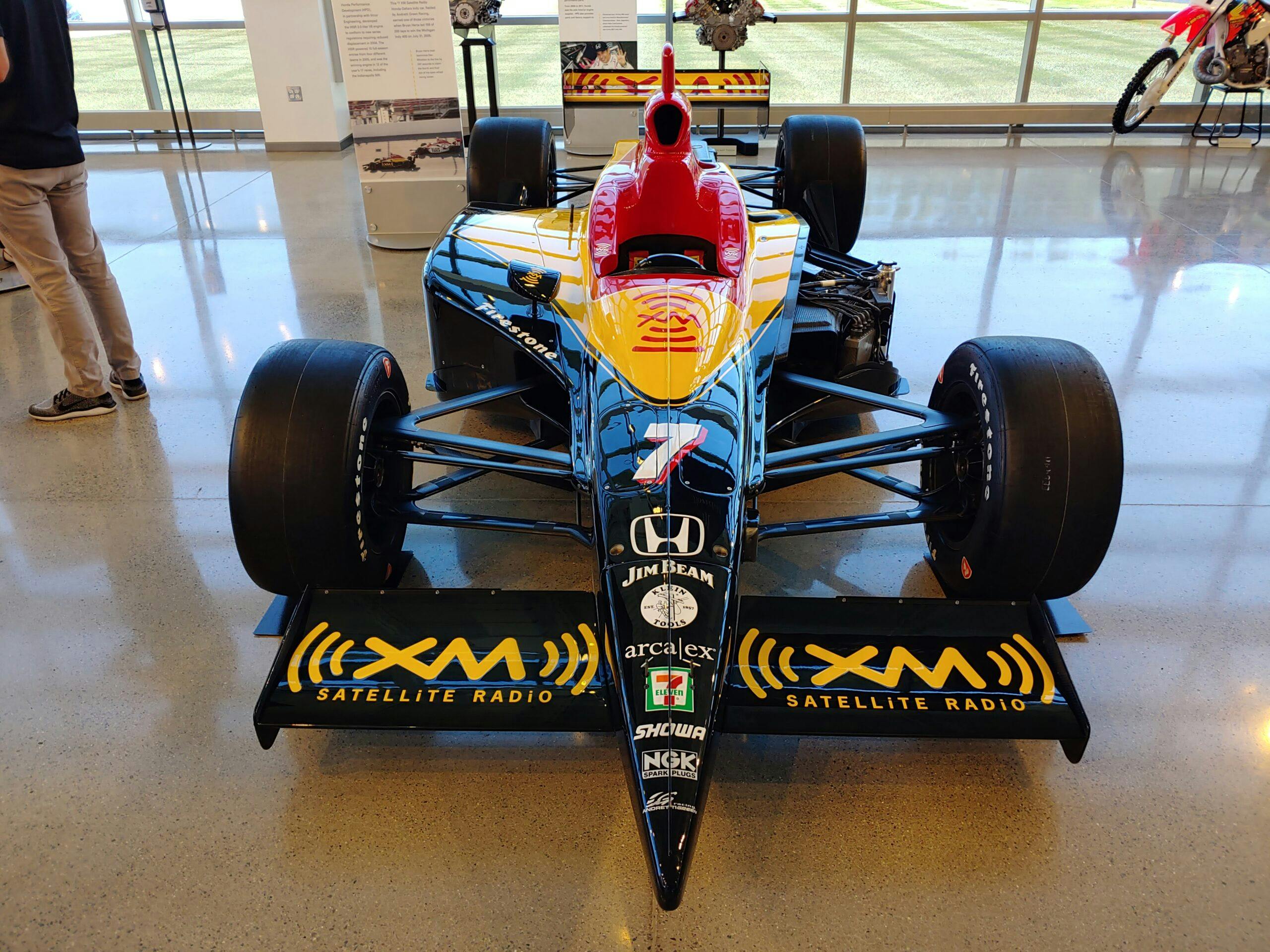
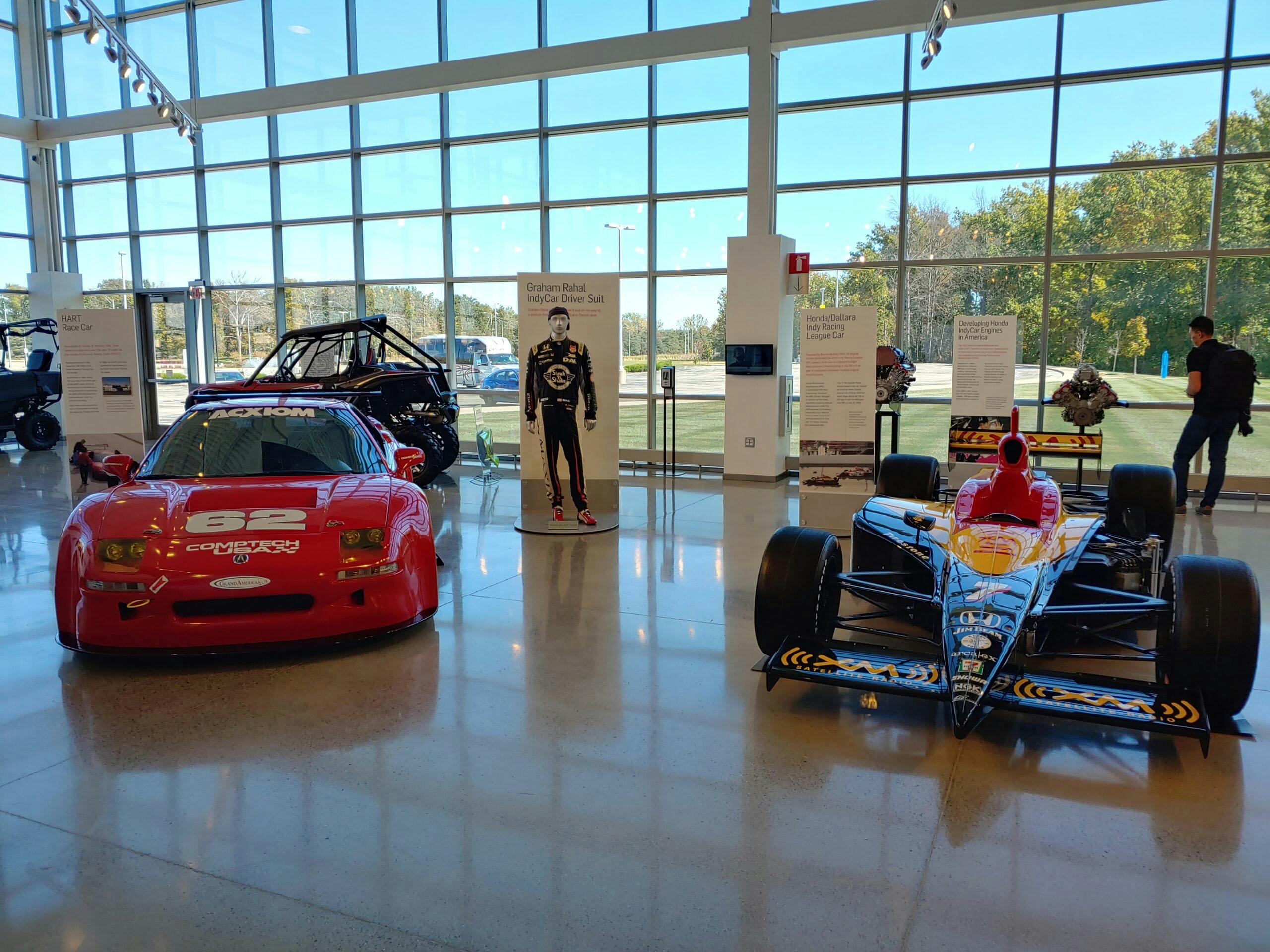
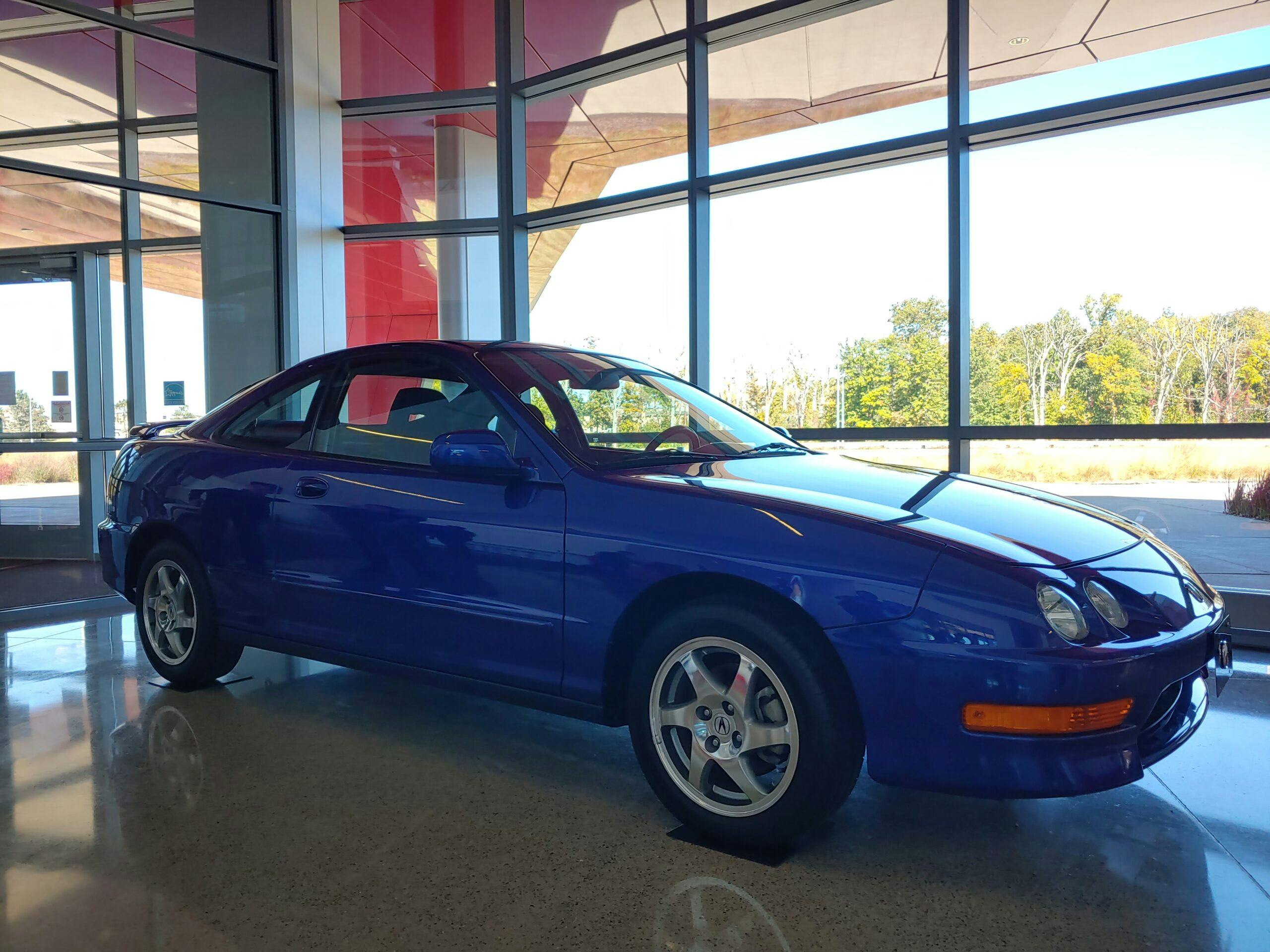
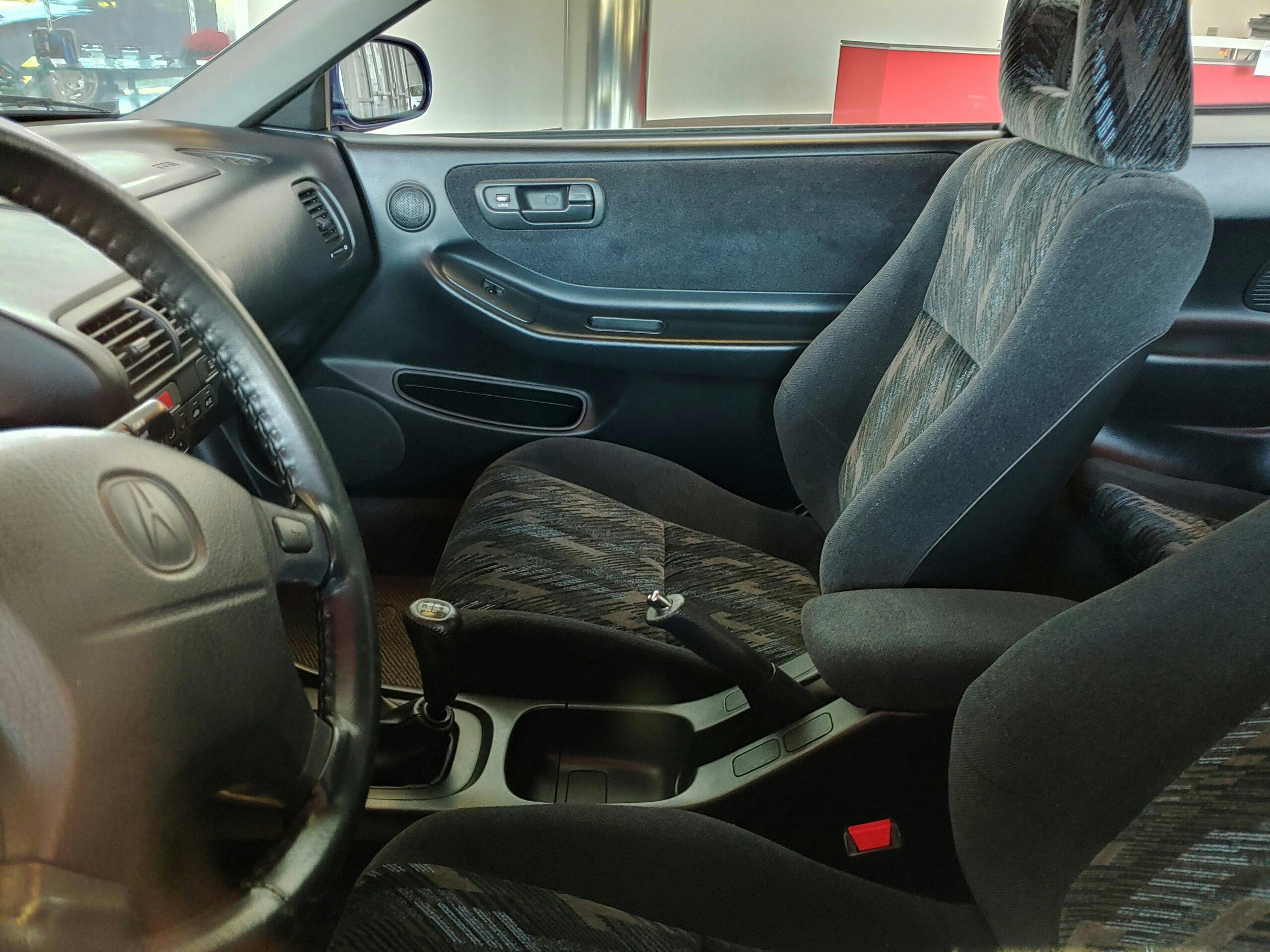
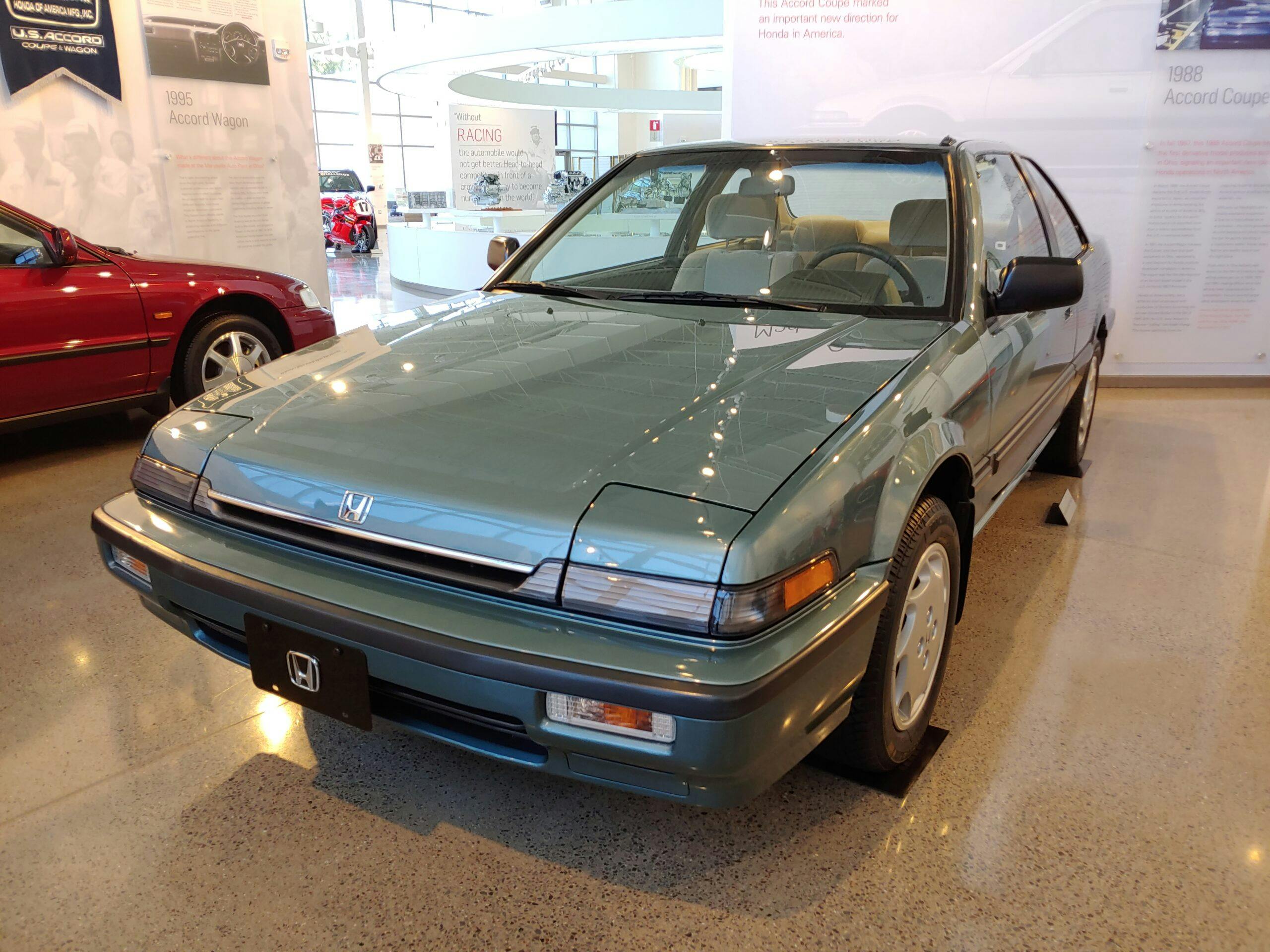
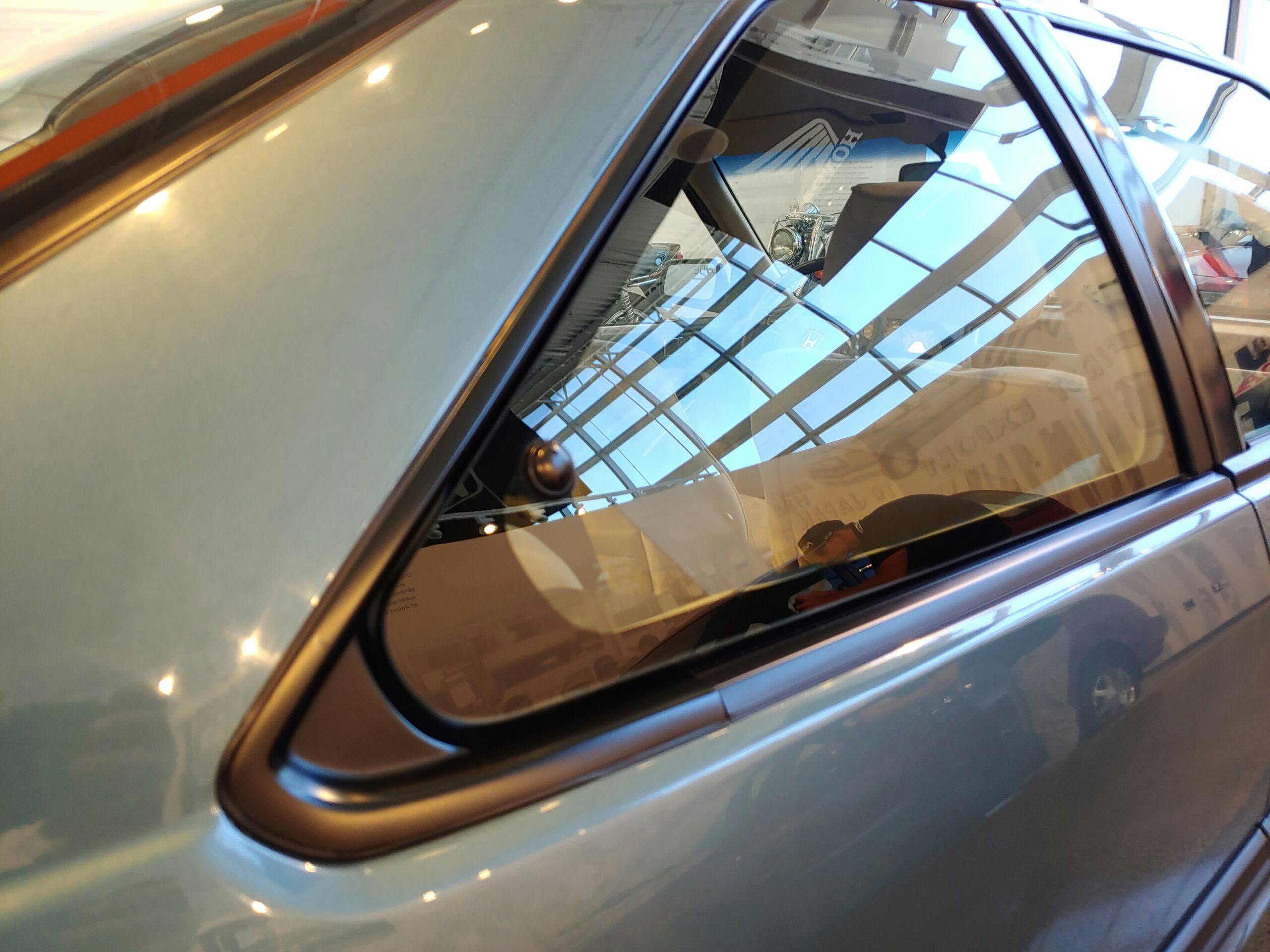
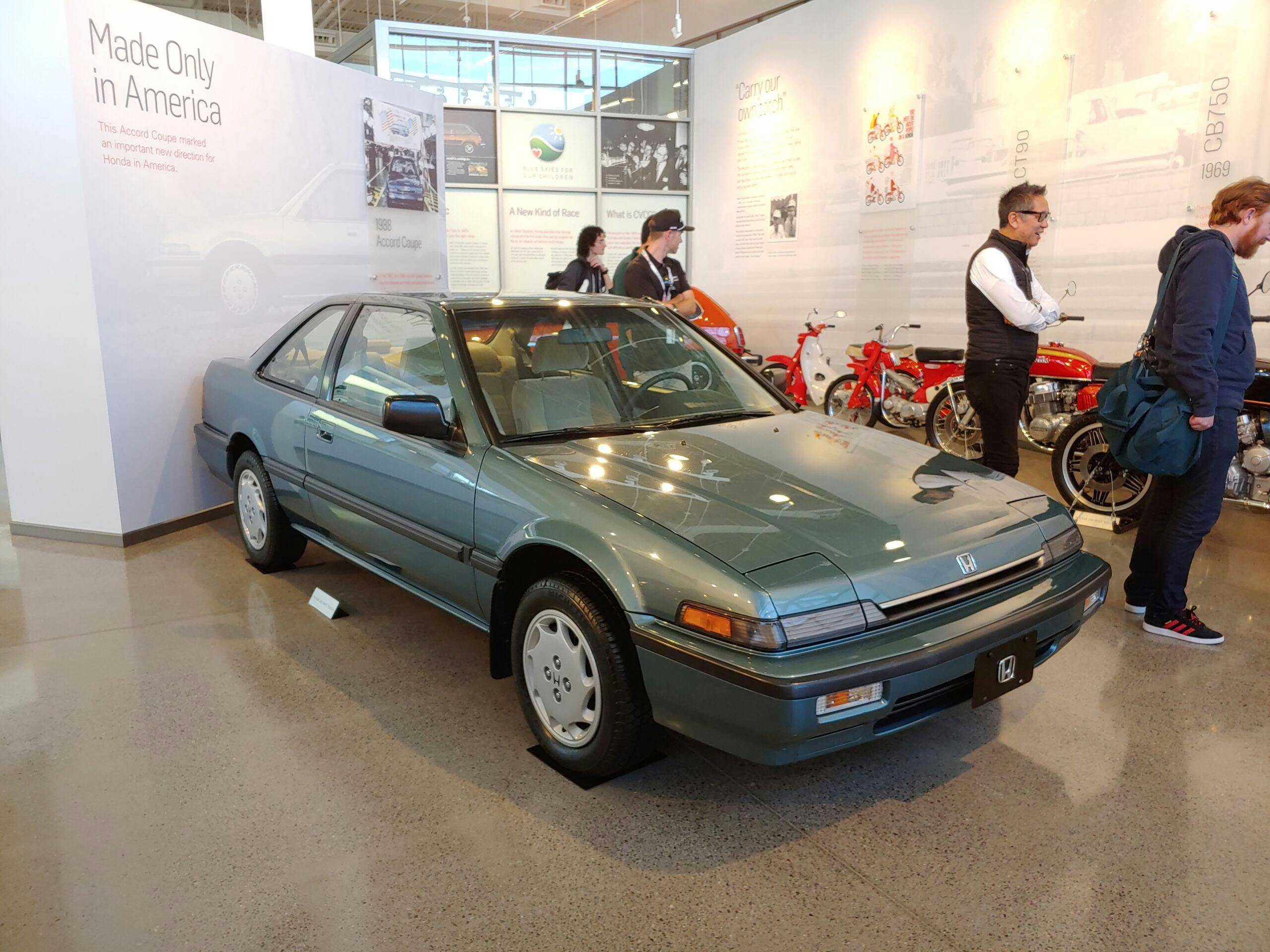
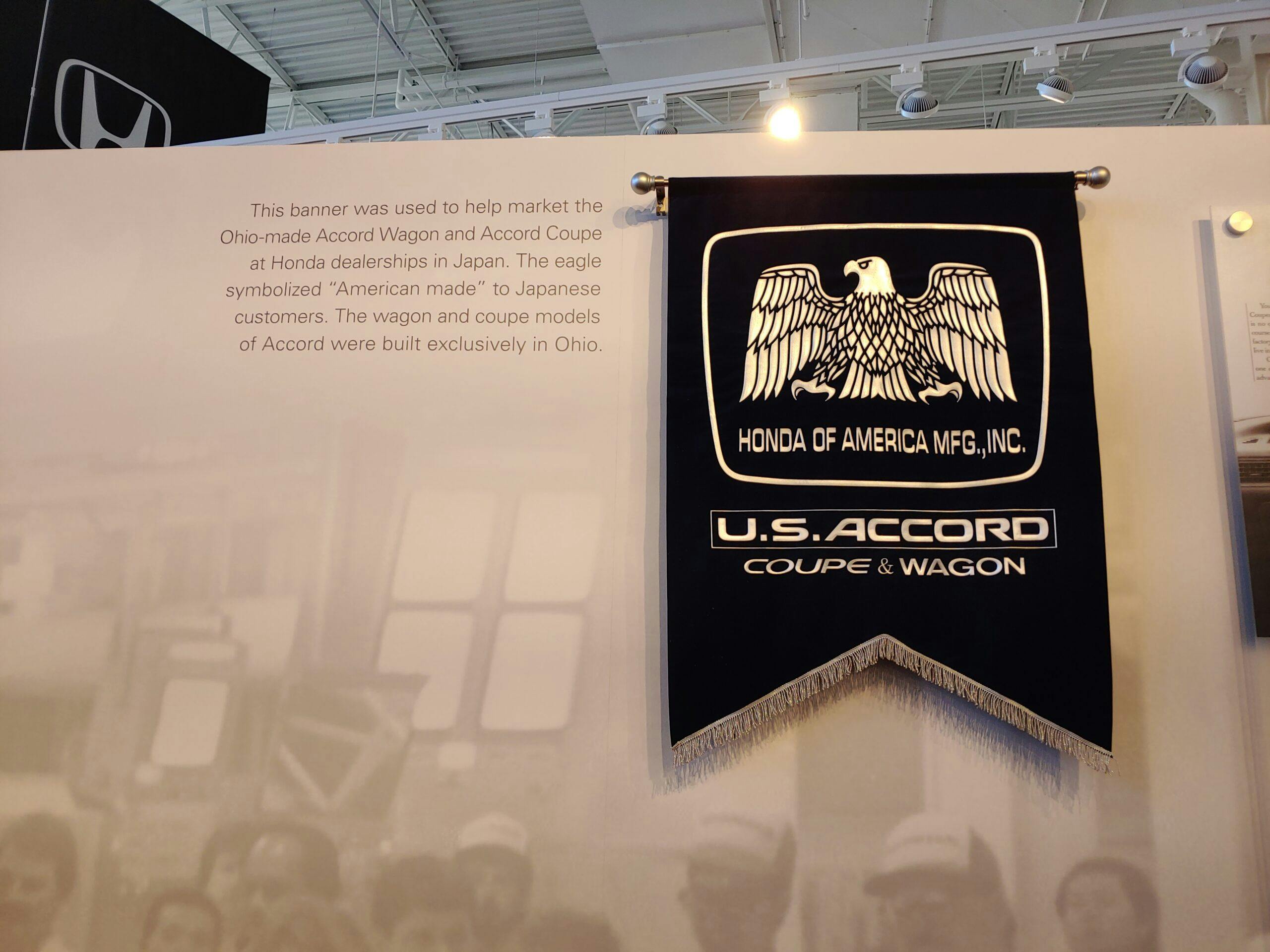

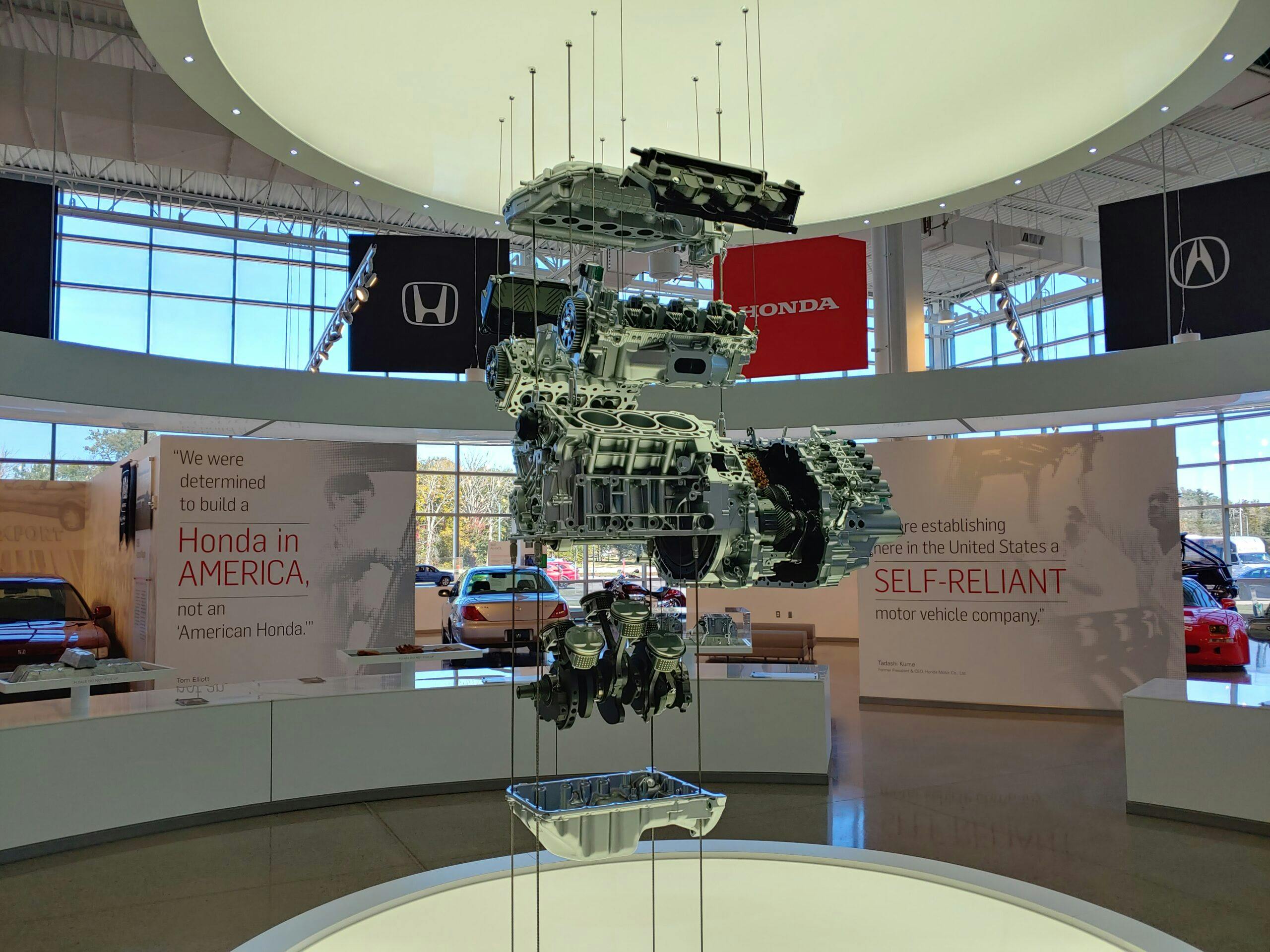
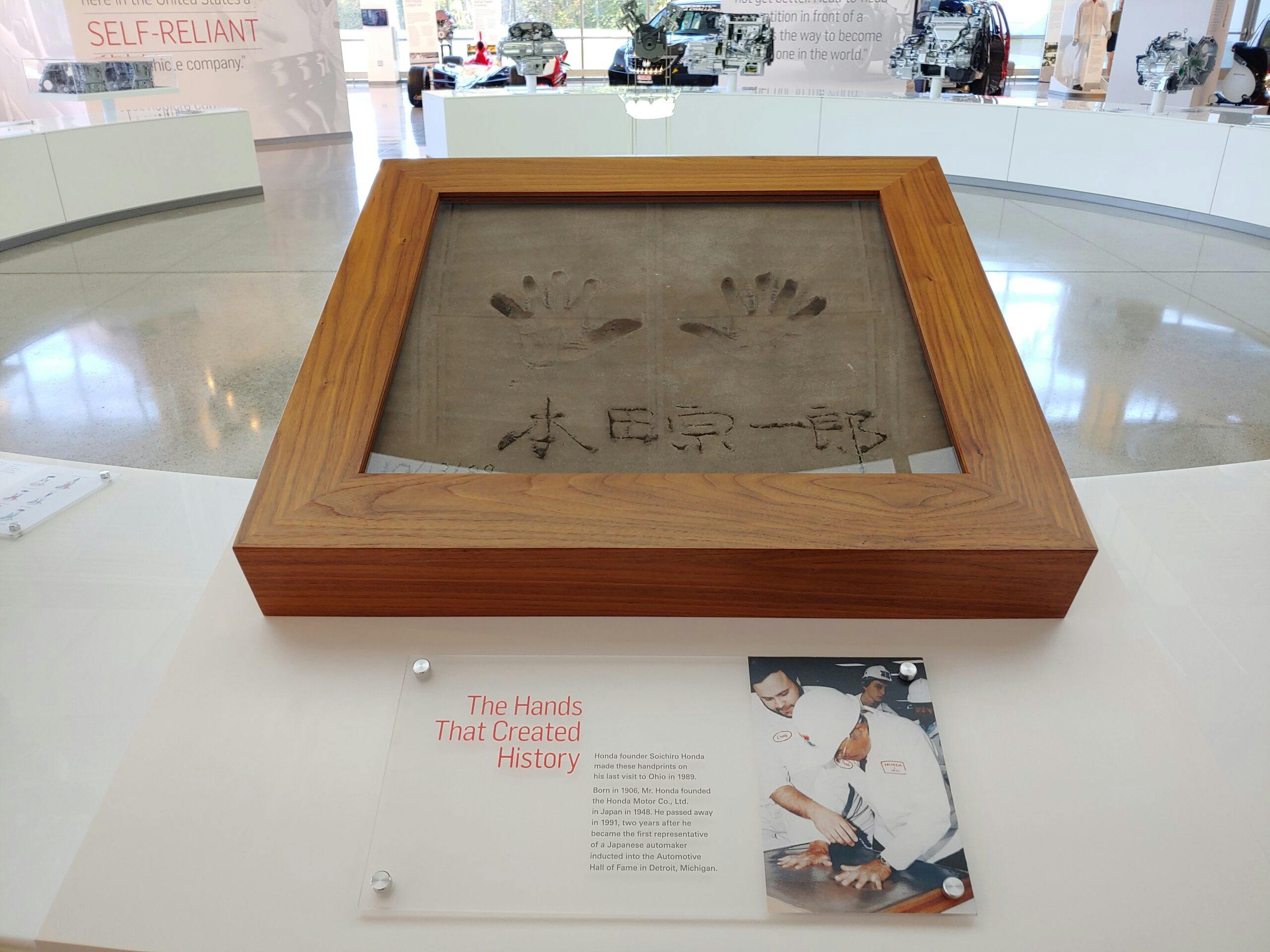
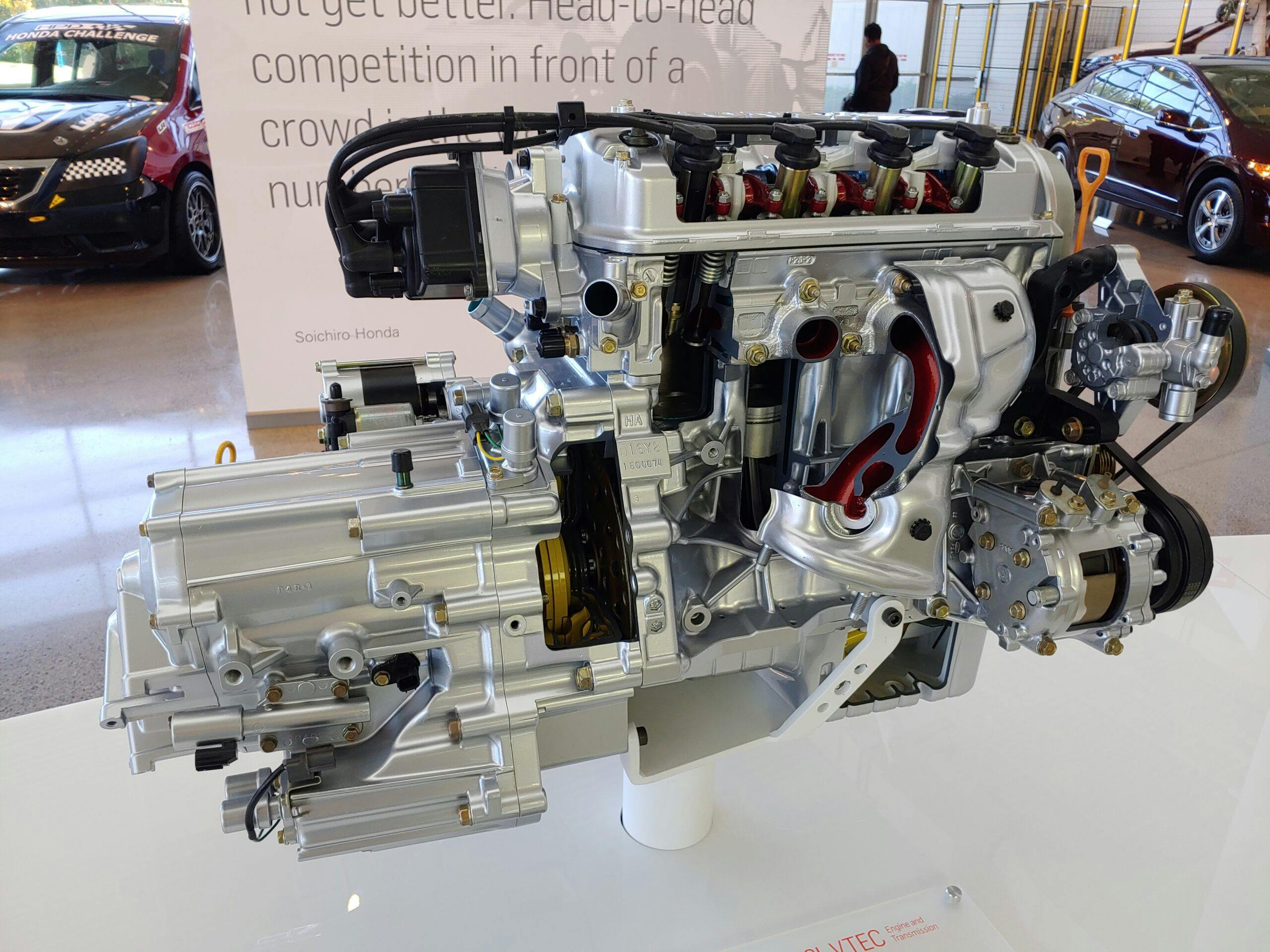
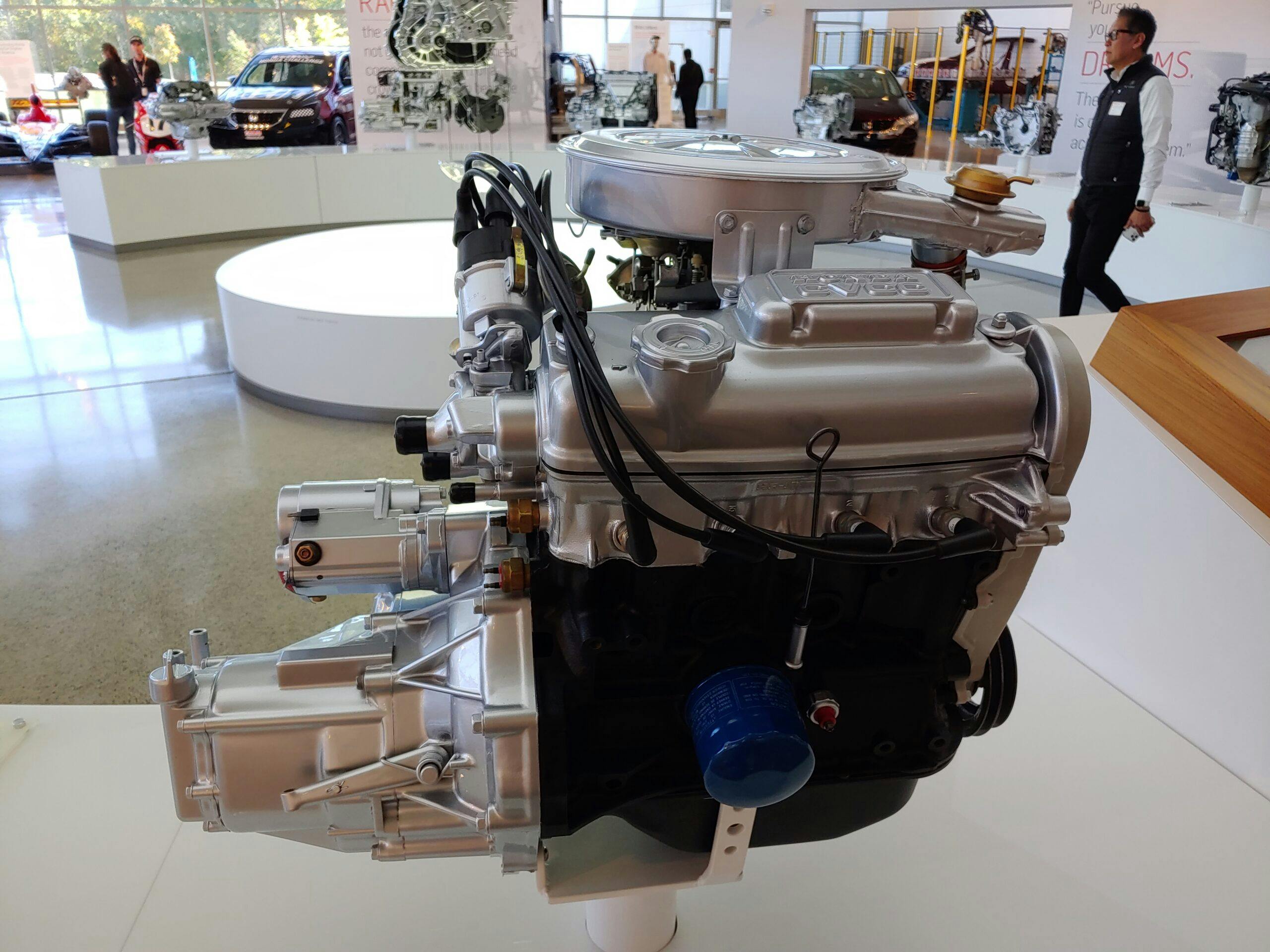
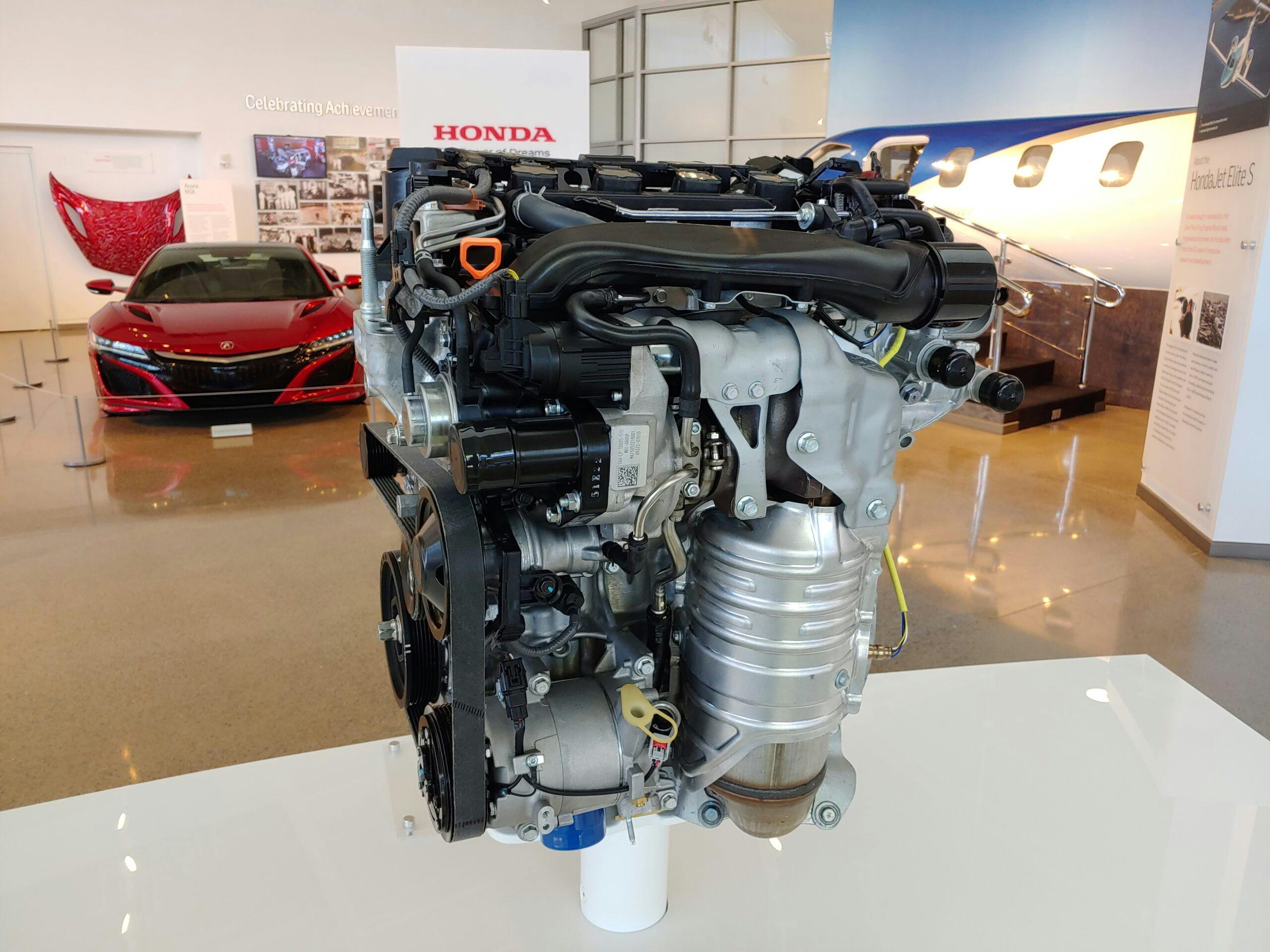
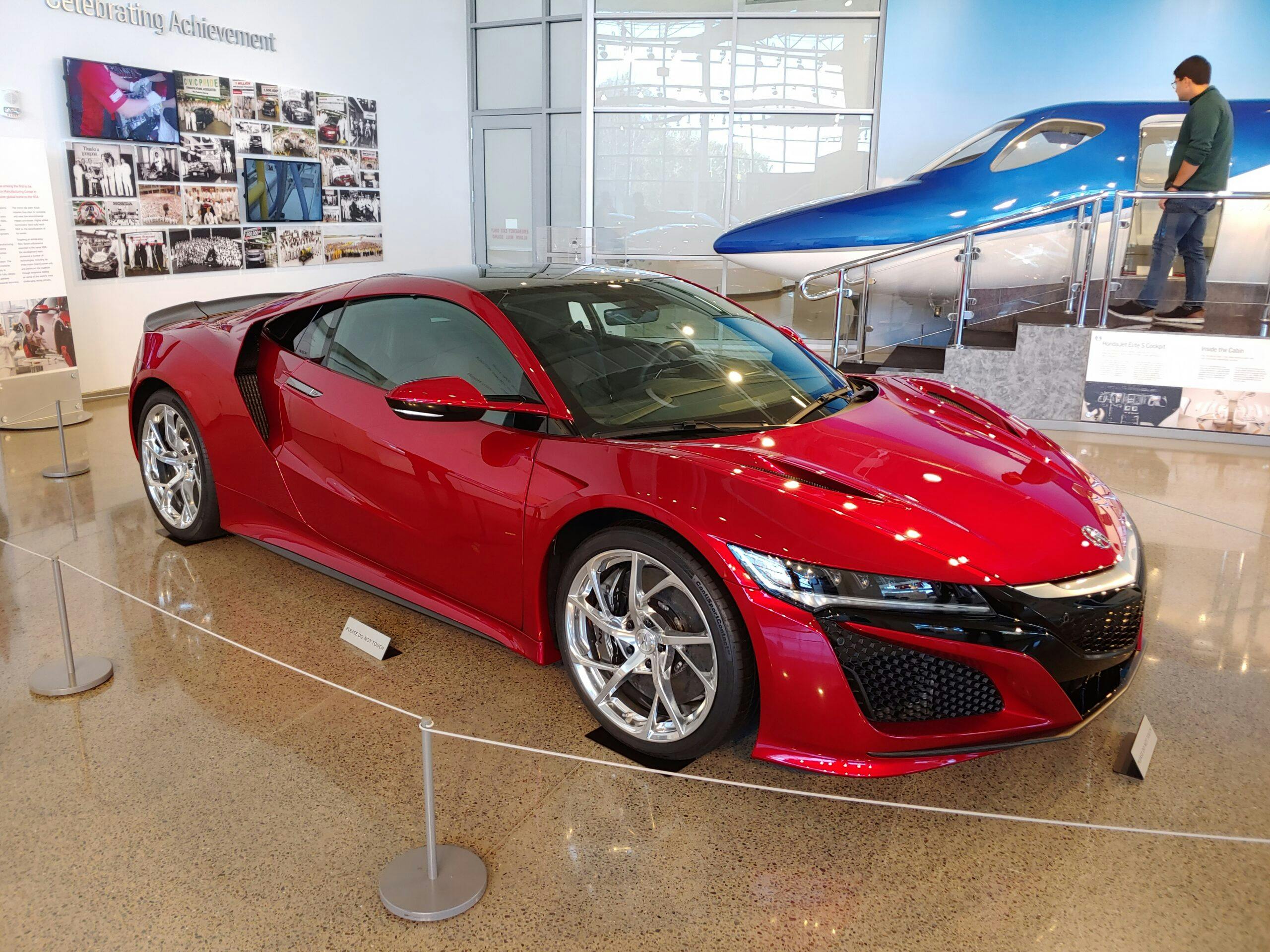
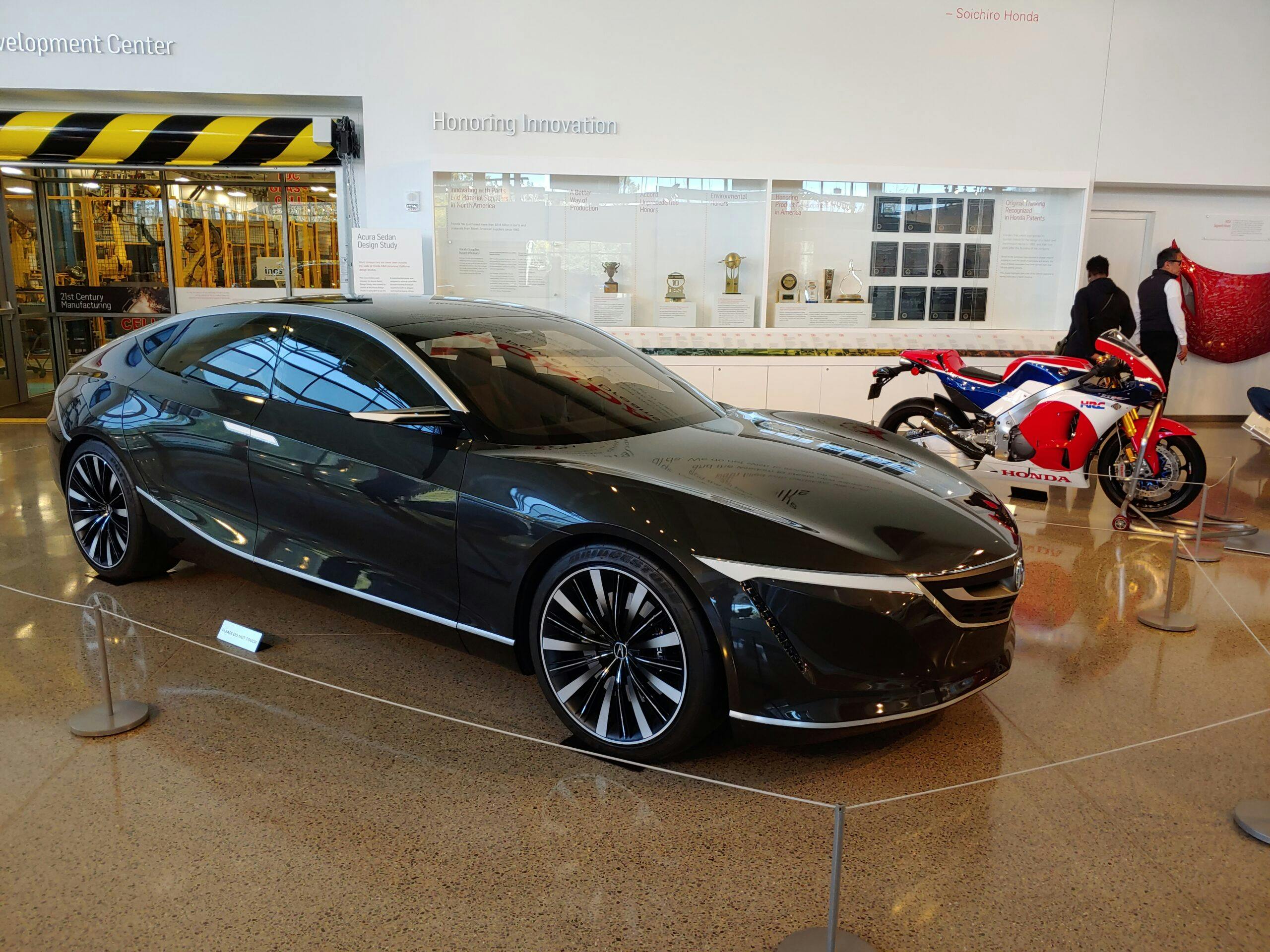
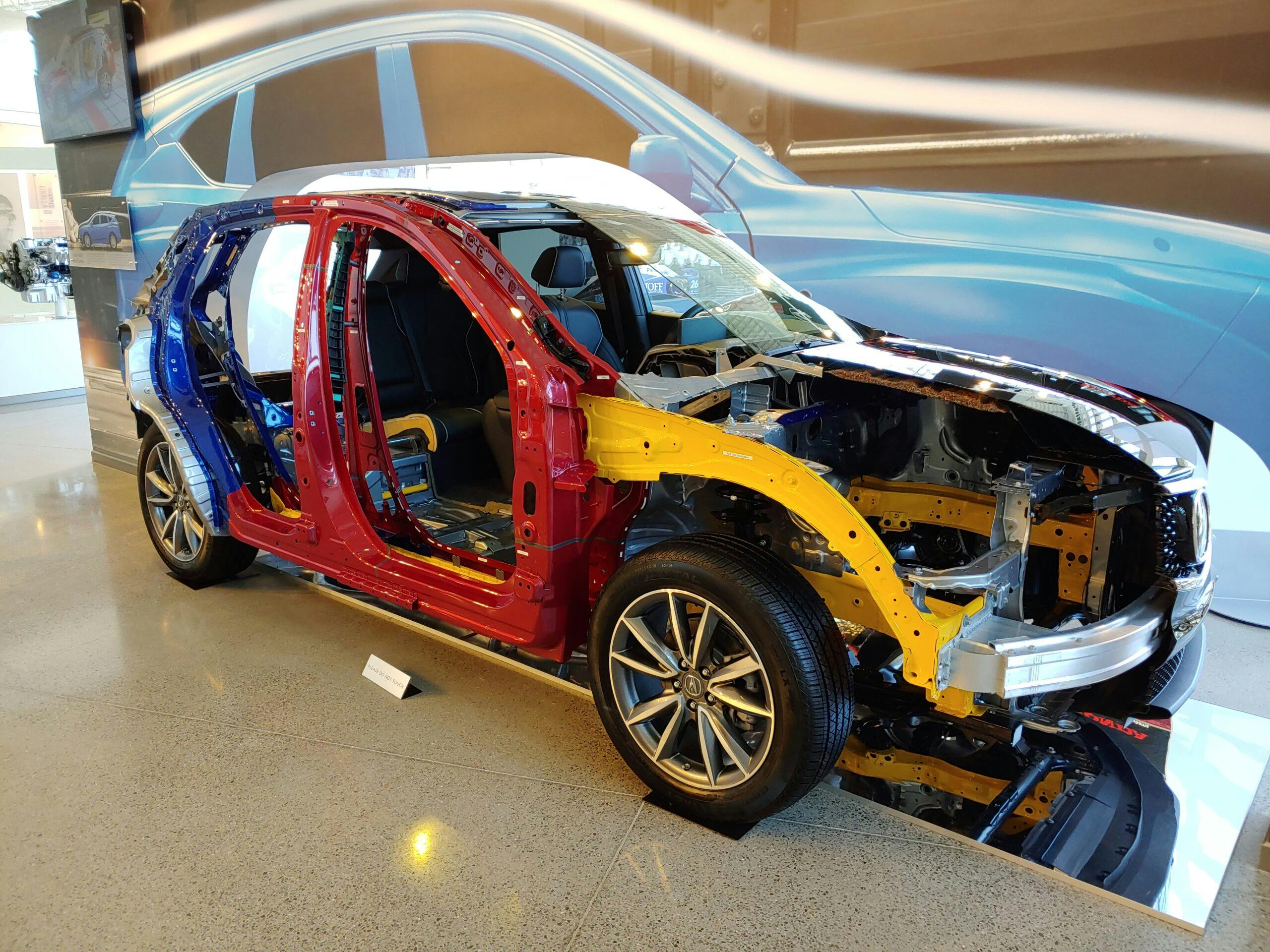
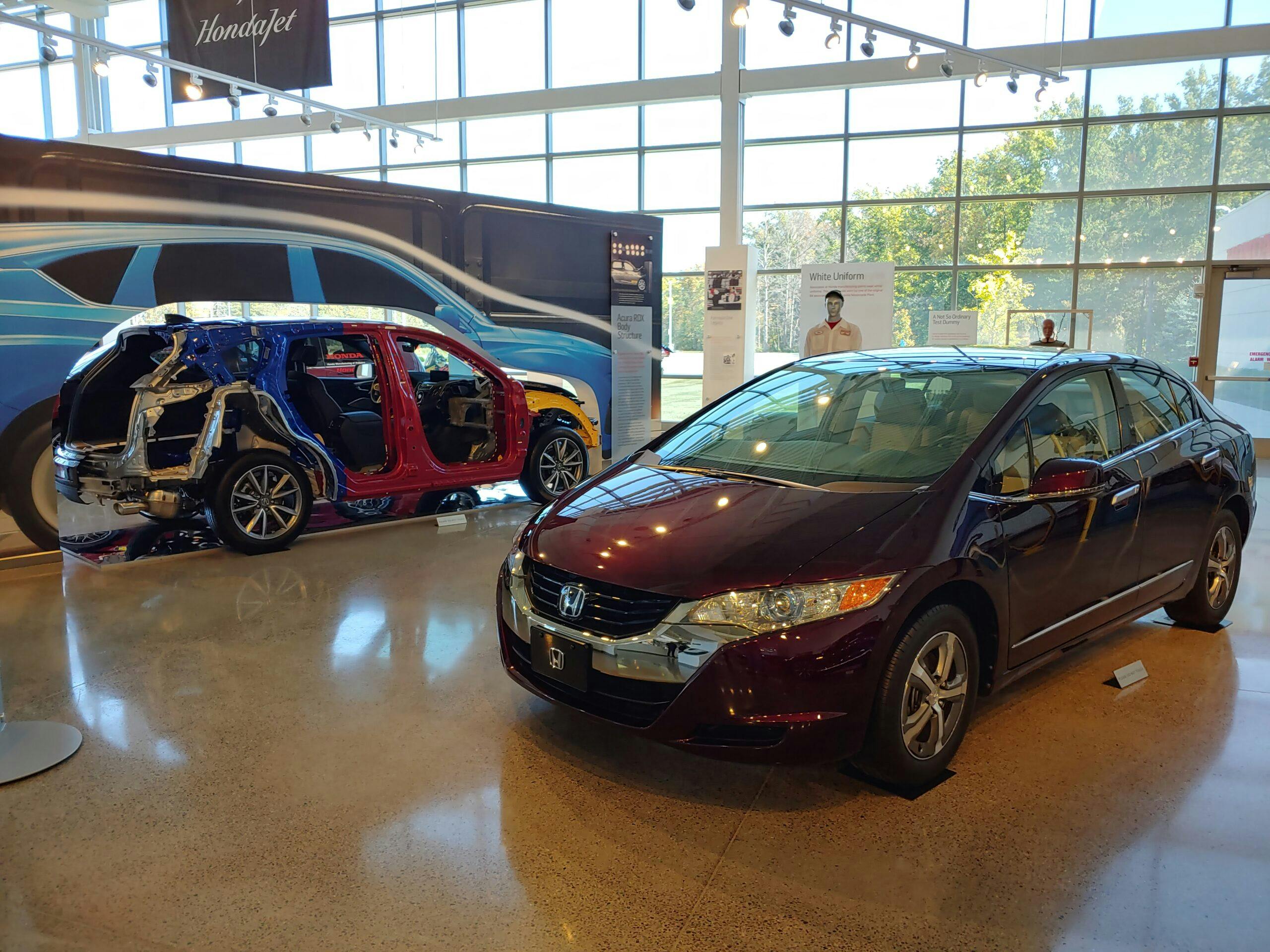
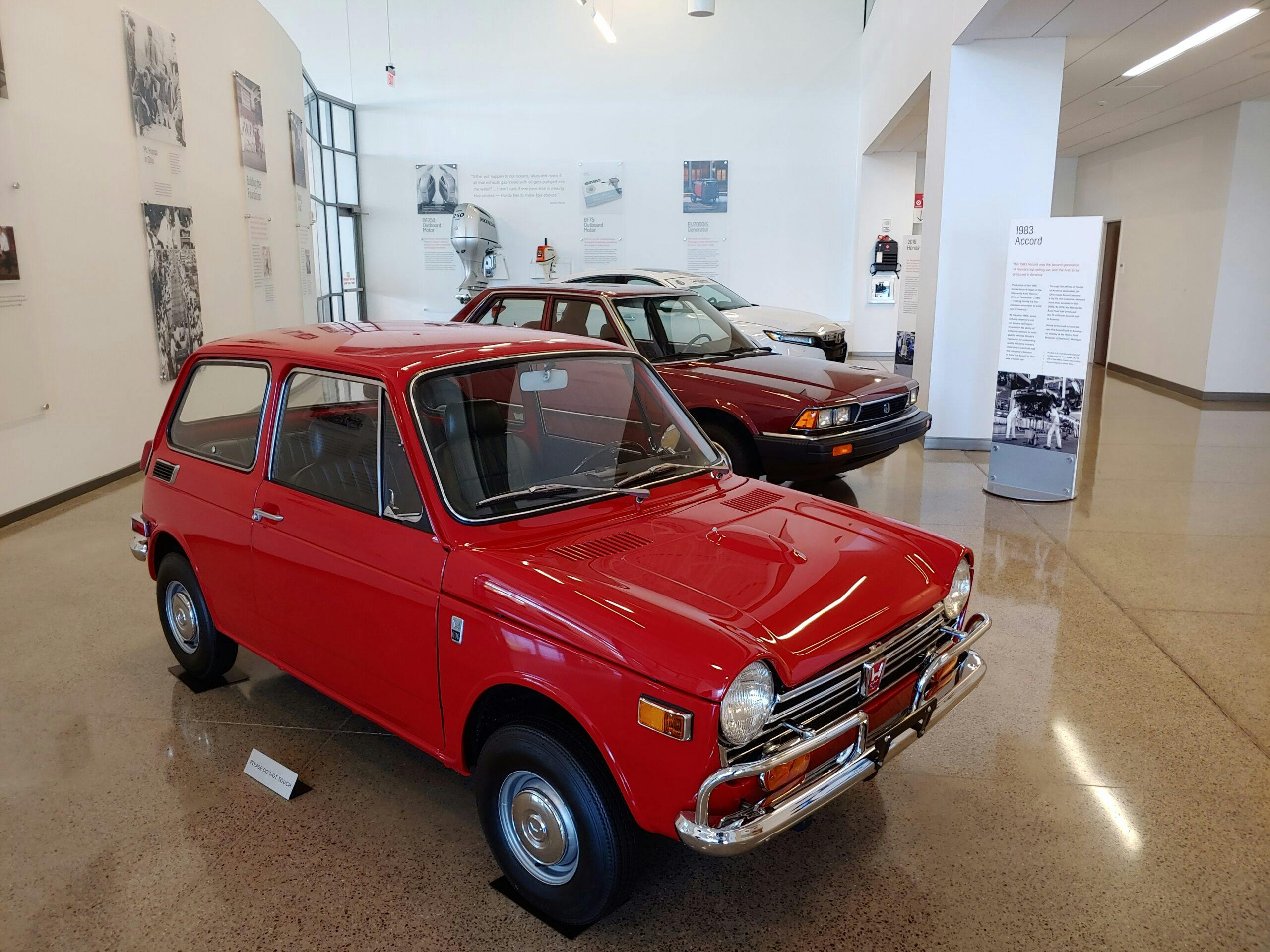
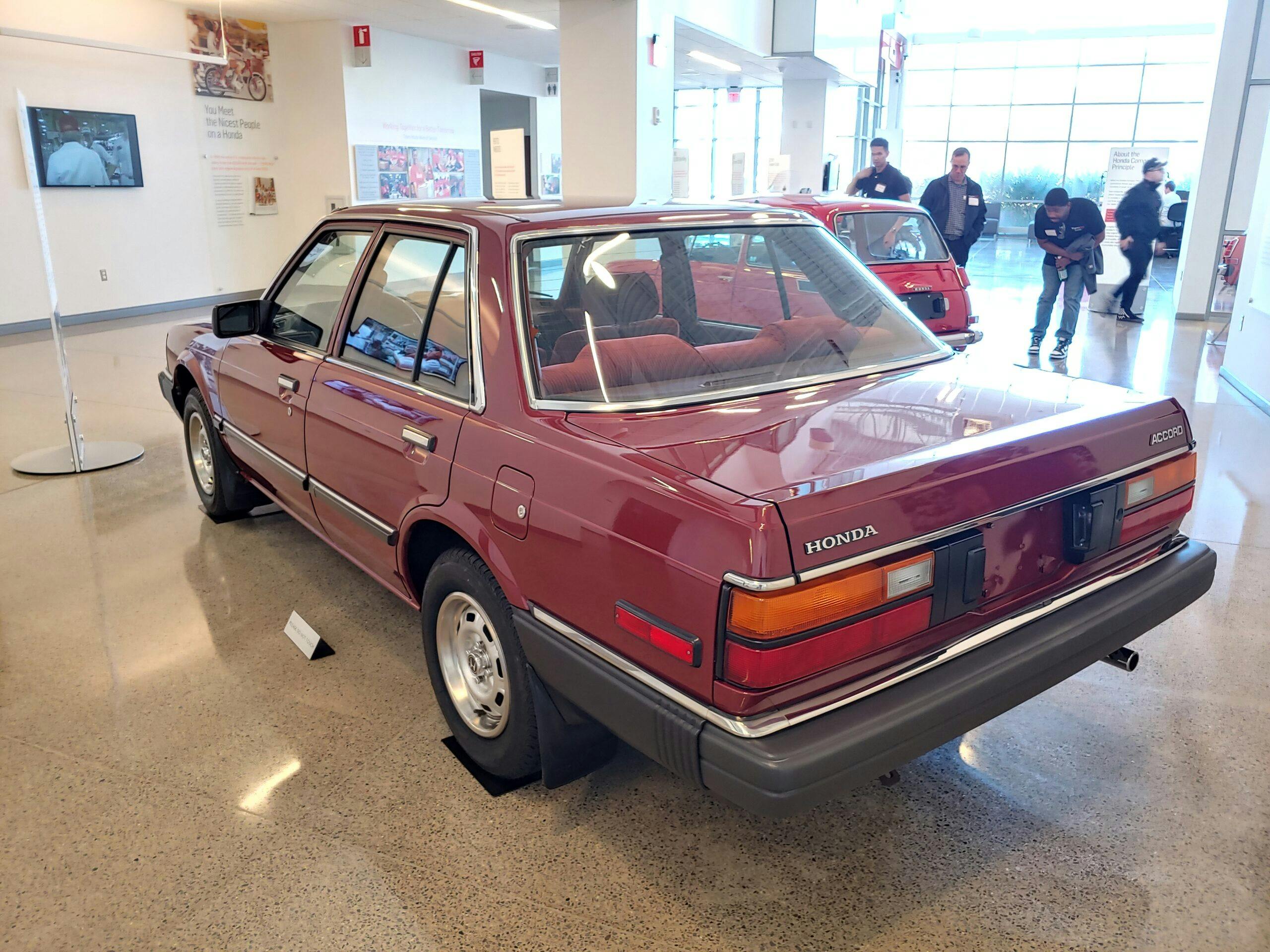
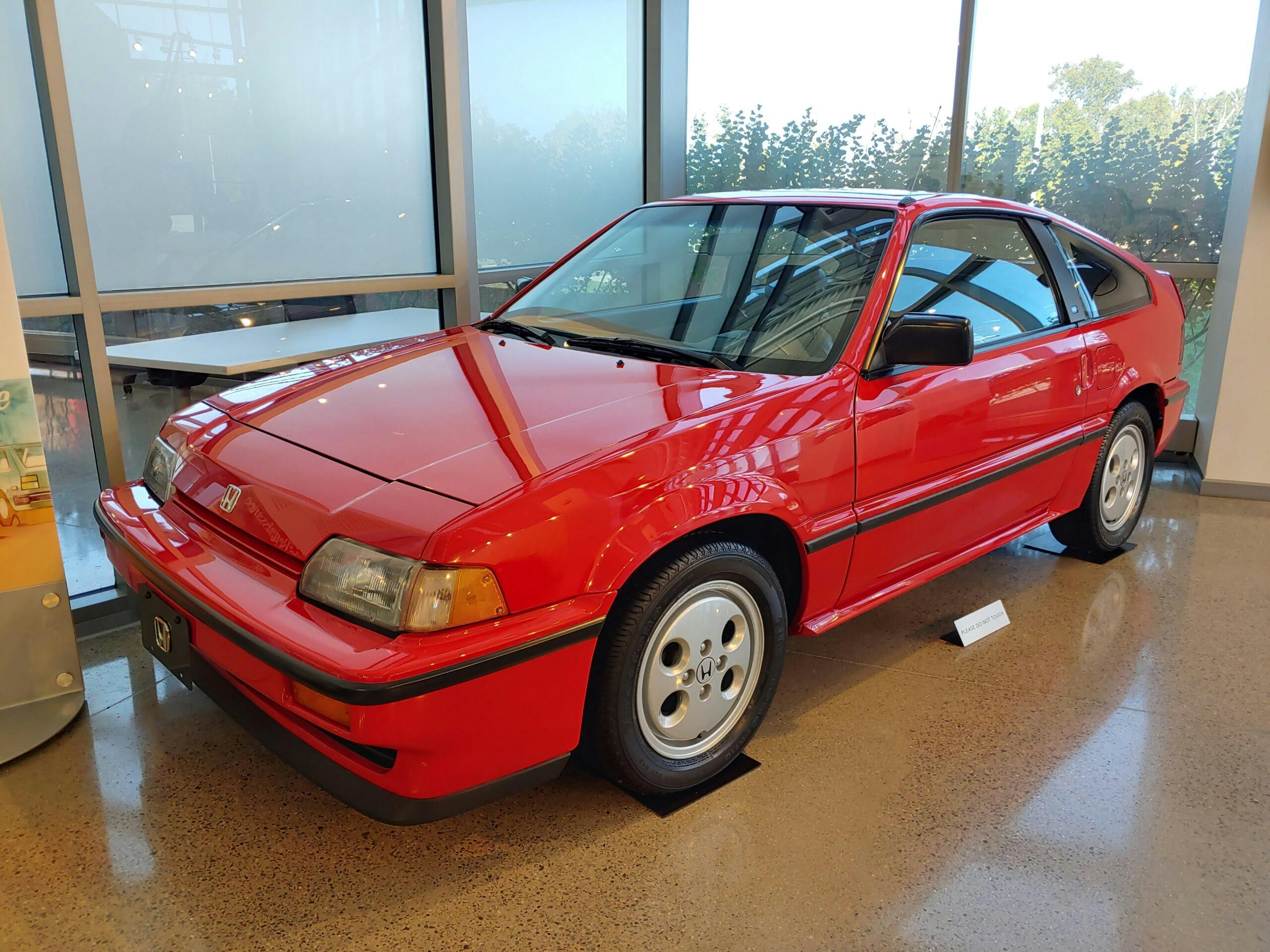
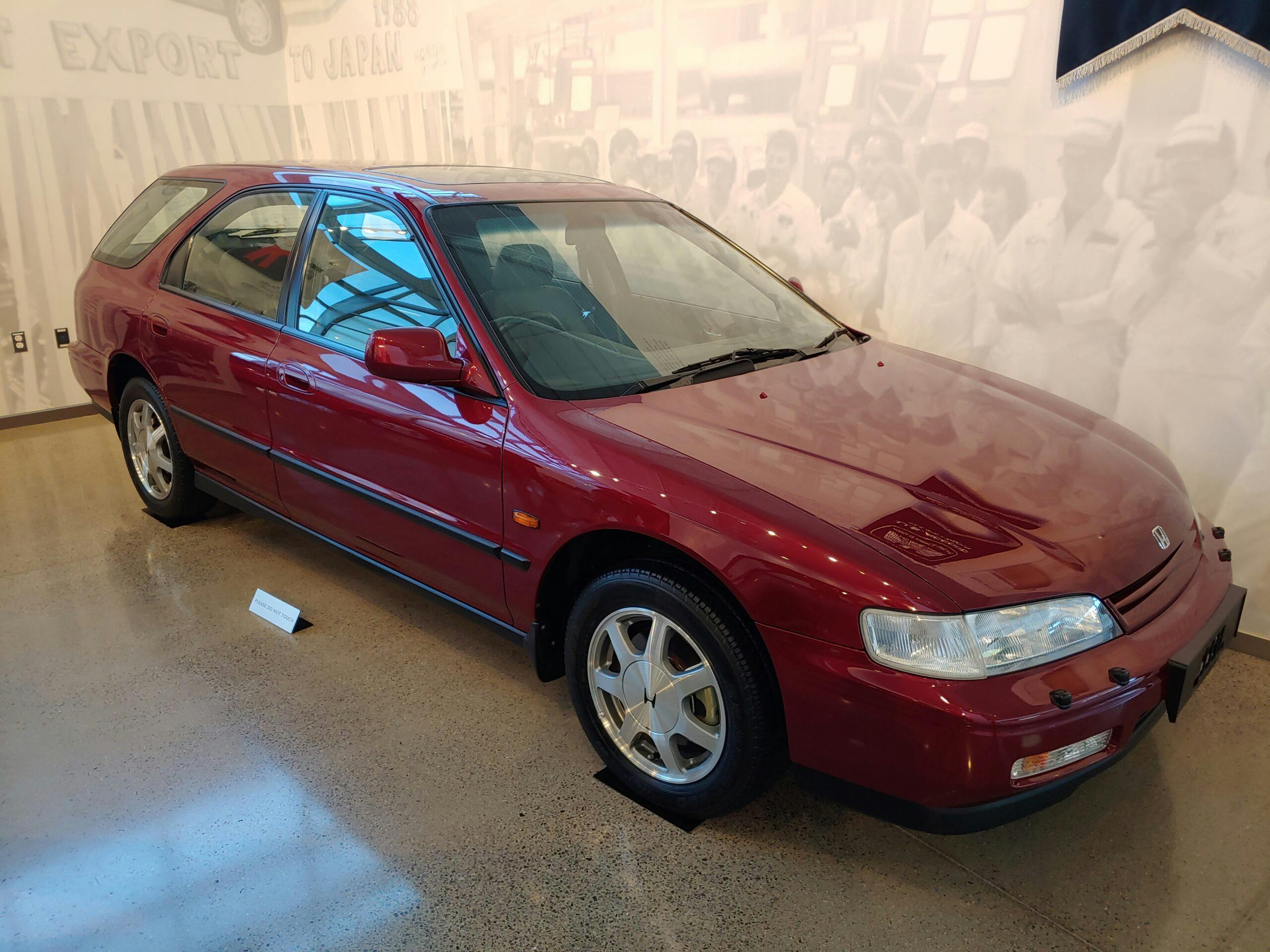
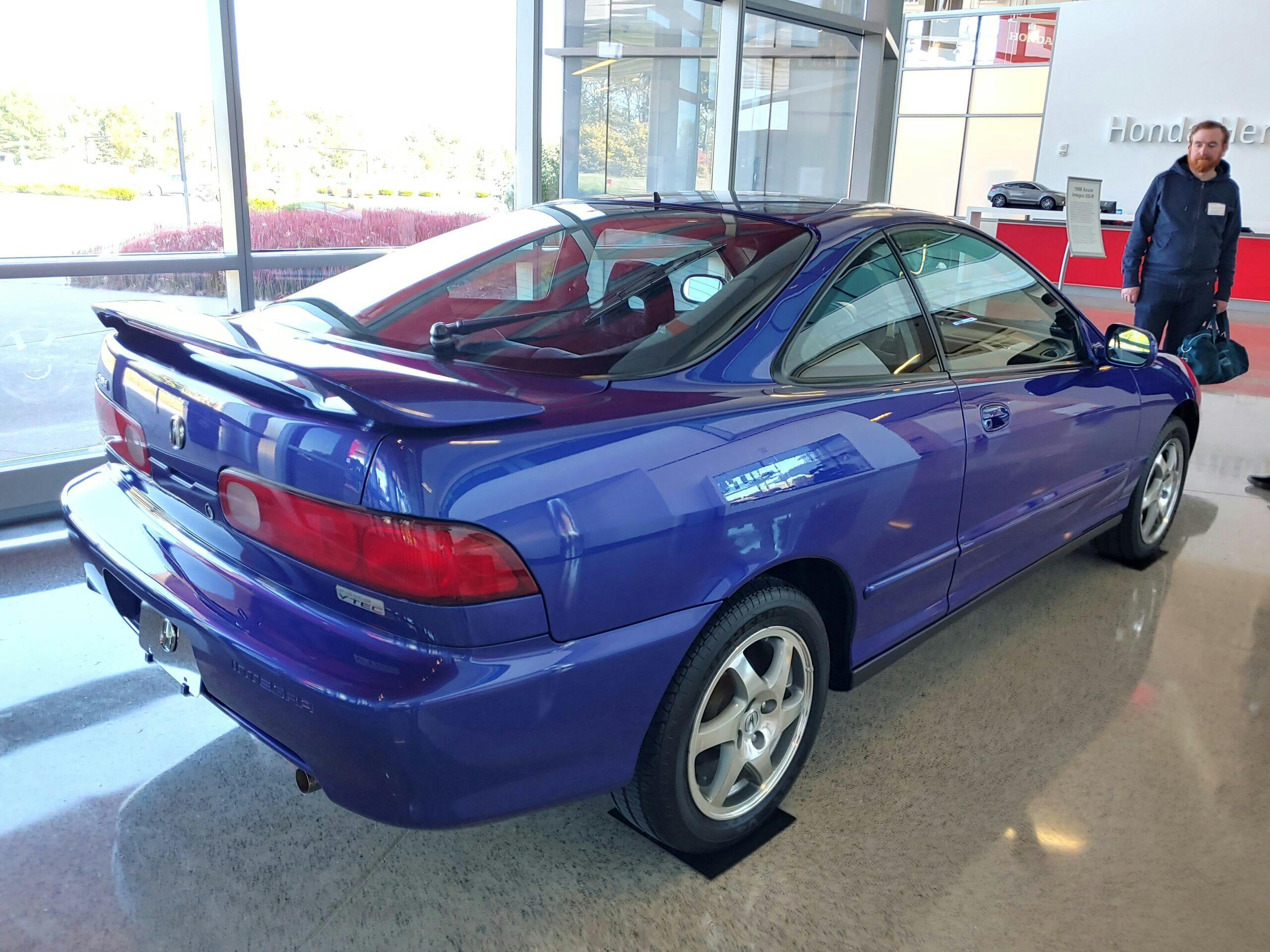
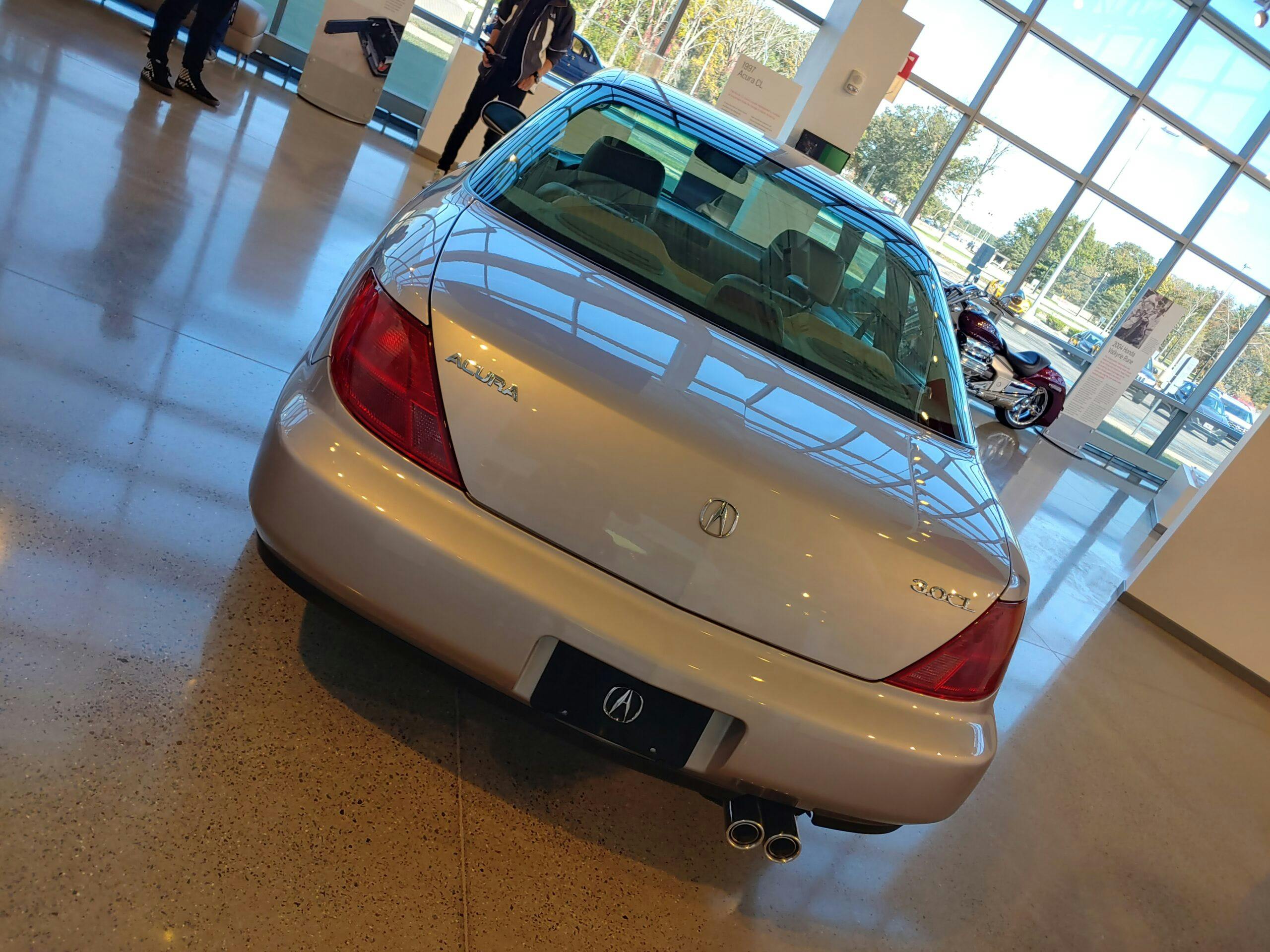
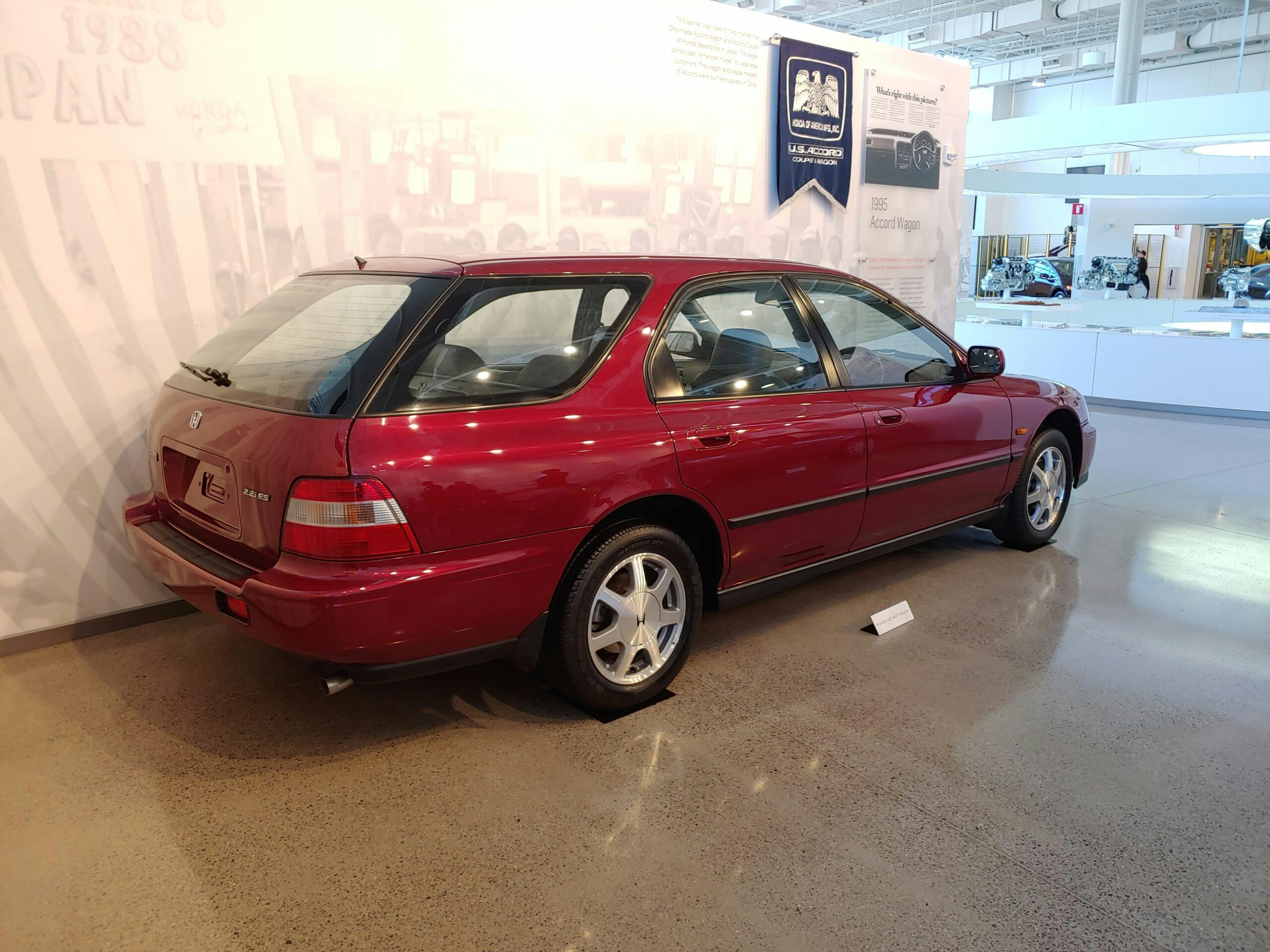
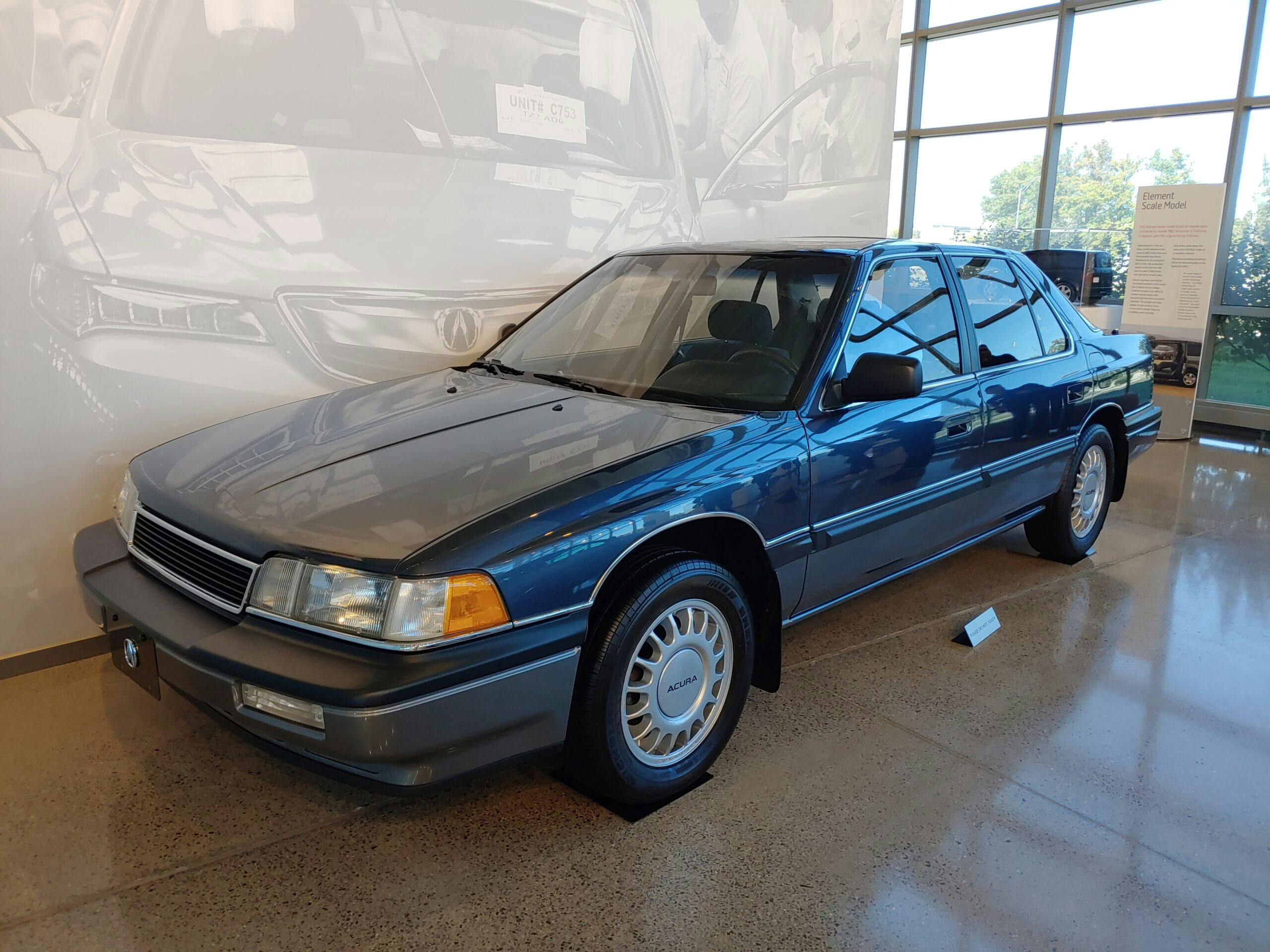
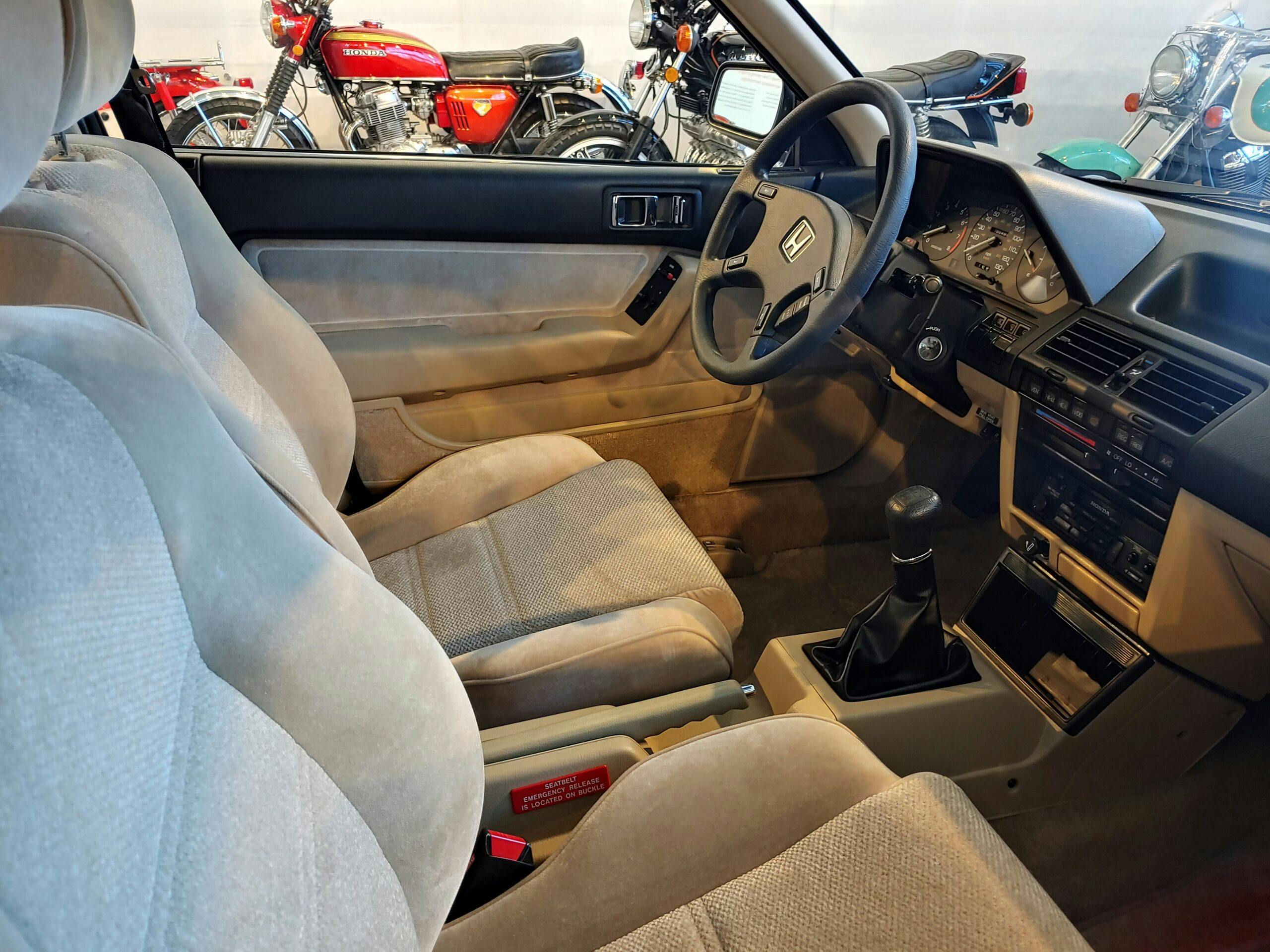
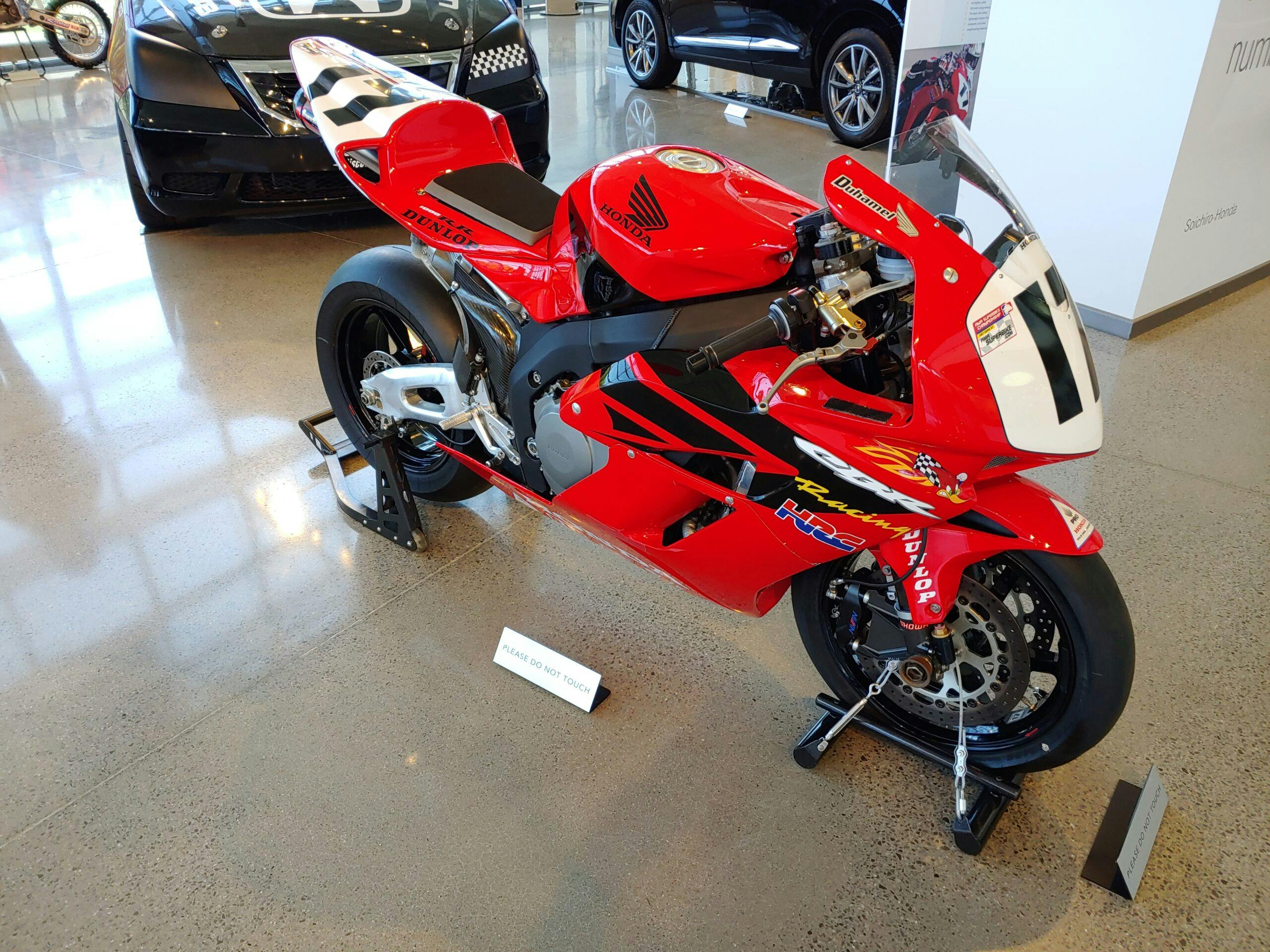
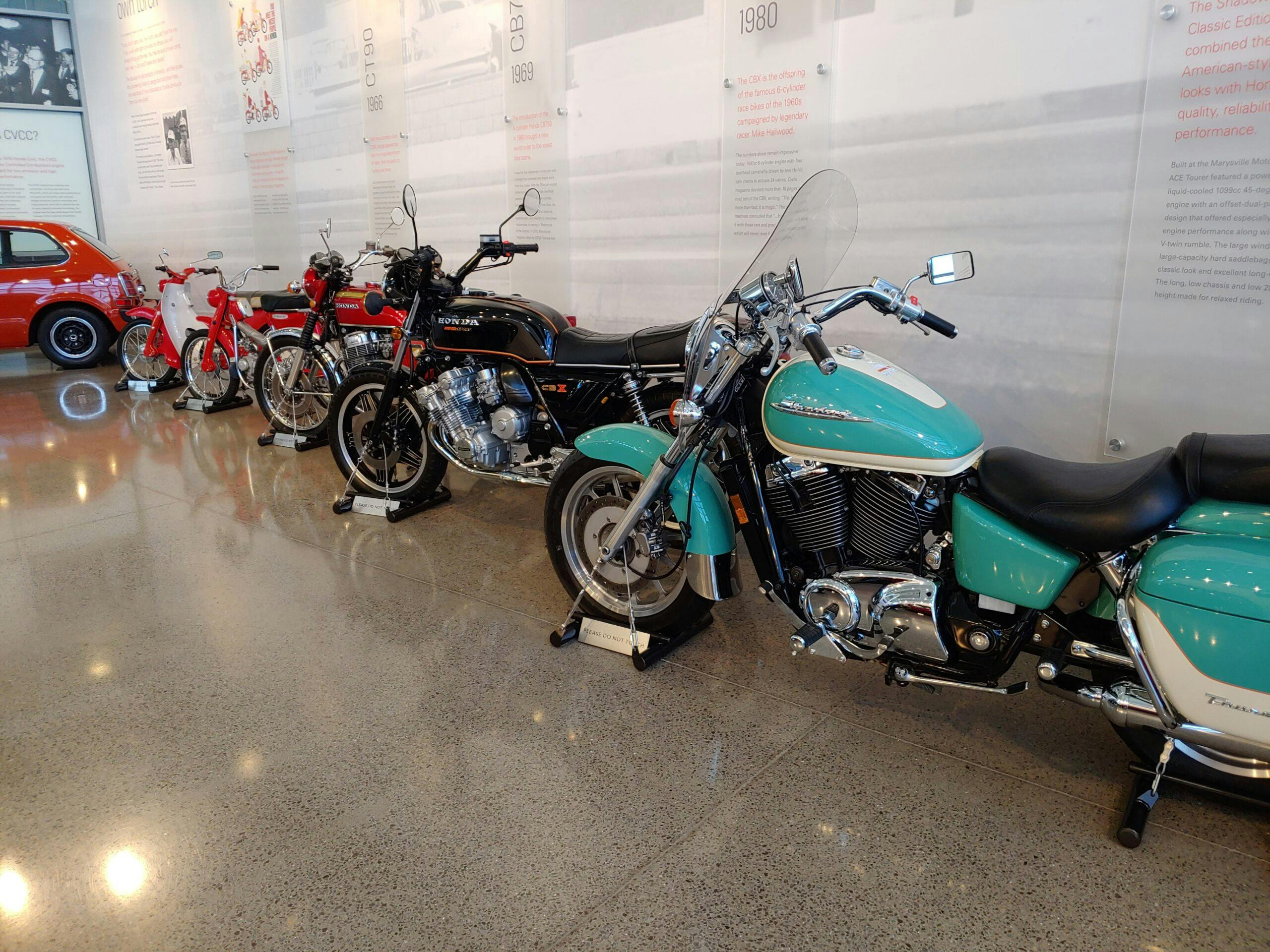
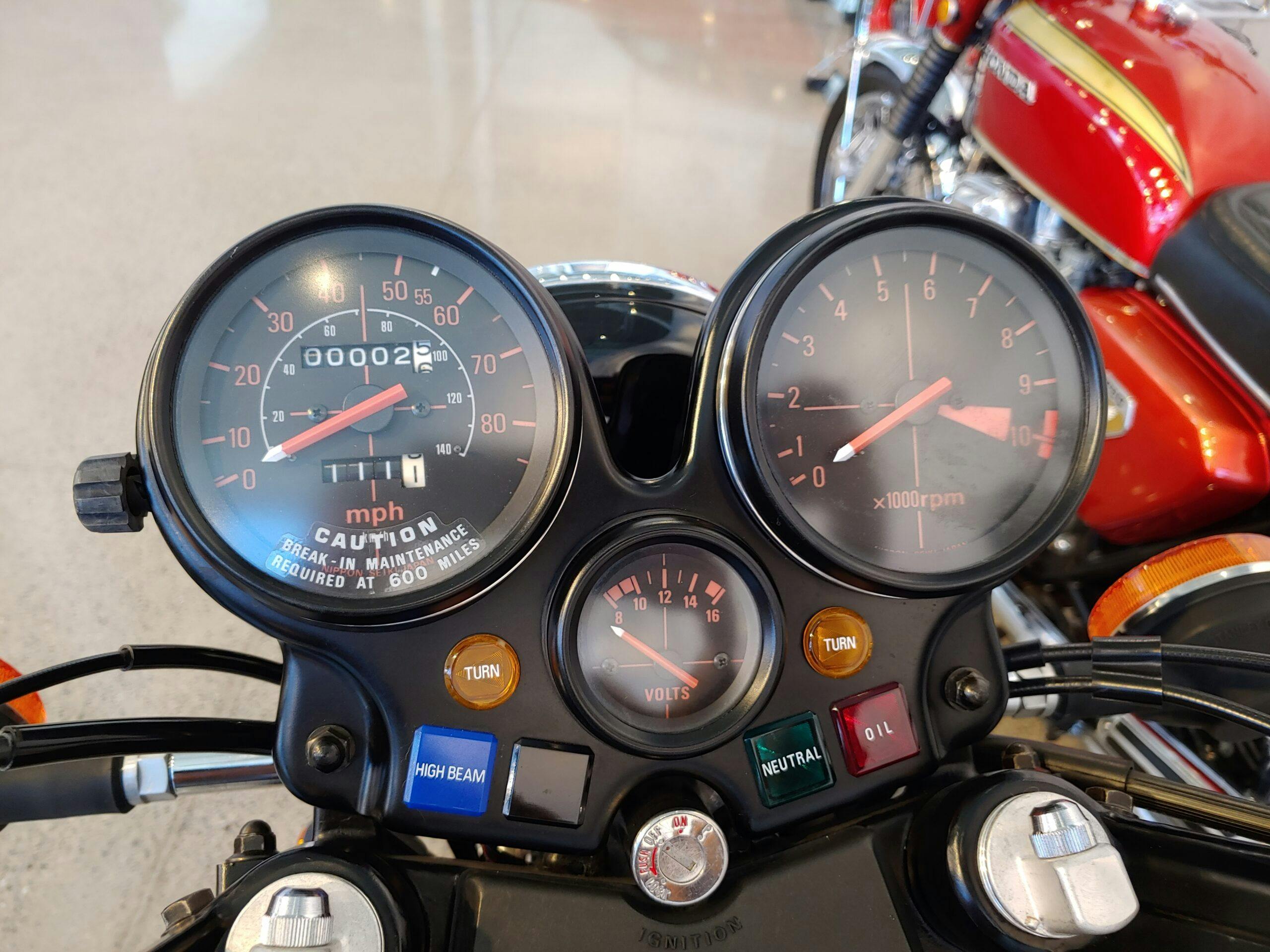
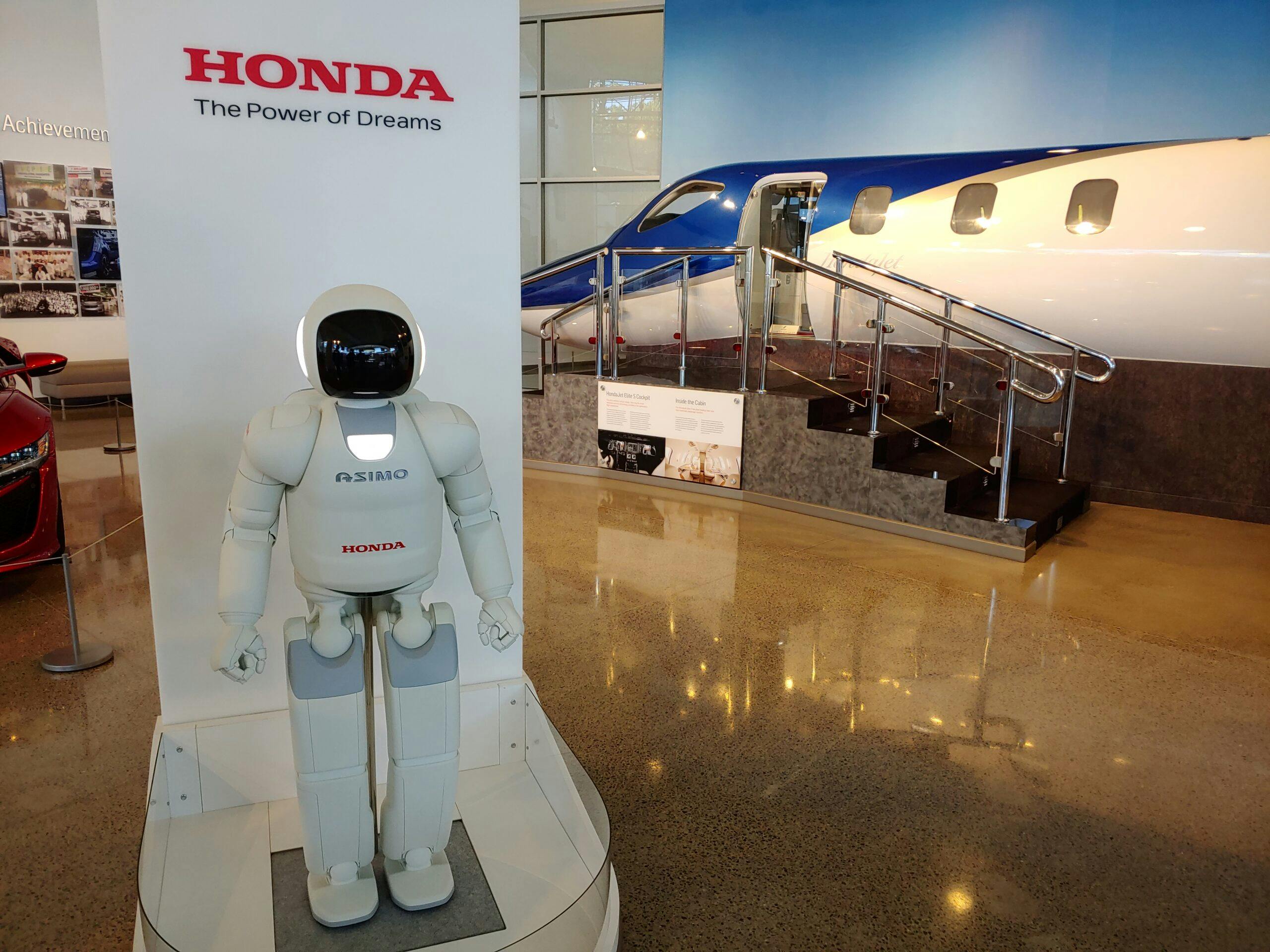


I miss the Honda / Acura of old. So many good cars. Now slowly they are killing the fun that the normal stuff had. Now if you want fun and a Honda badge the choices are narrowing as they build compliance vehicles.